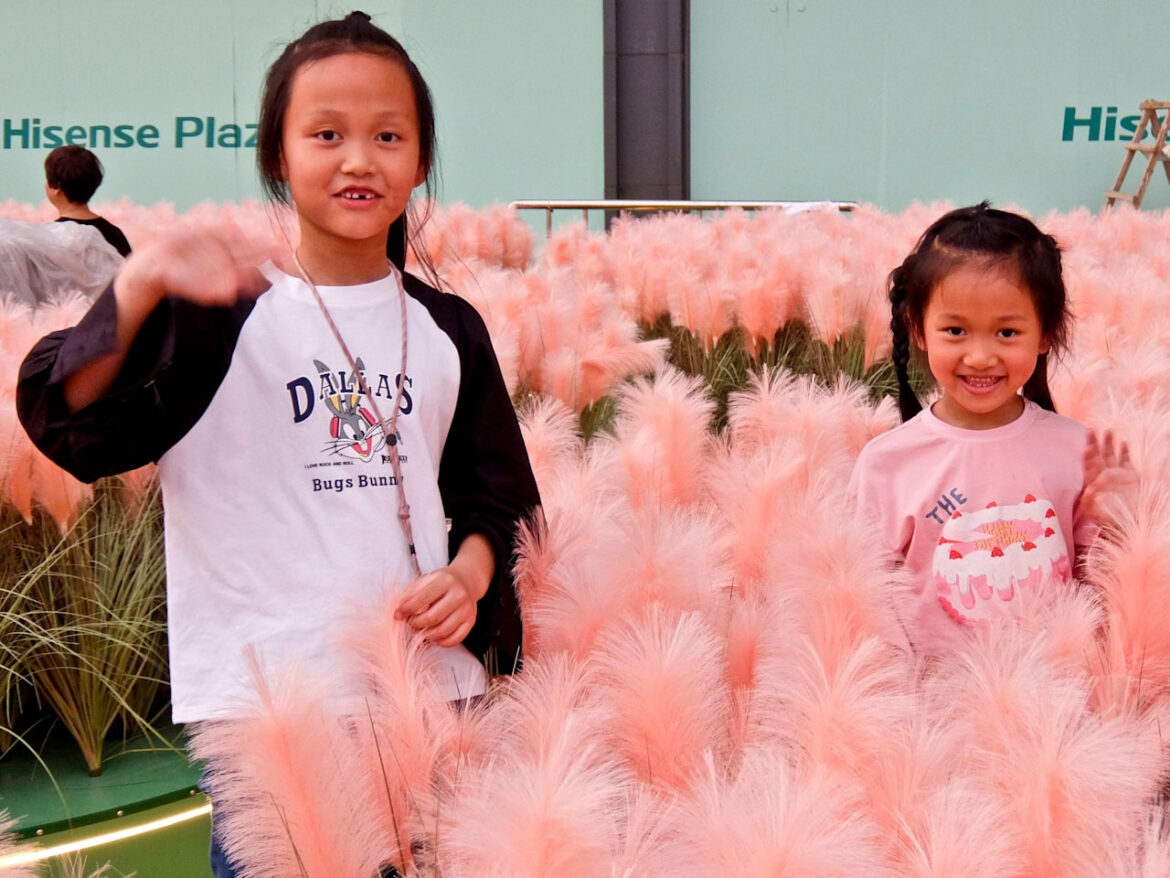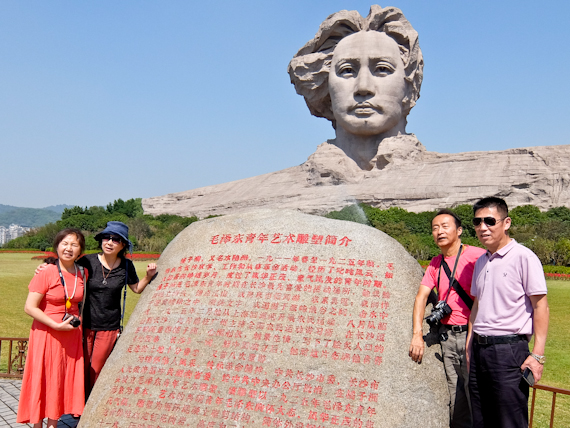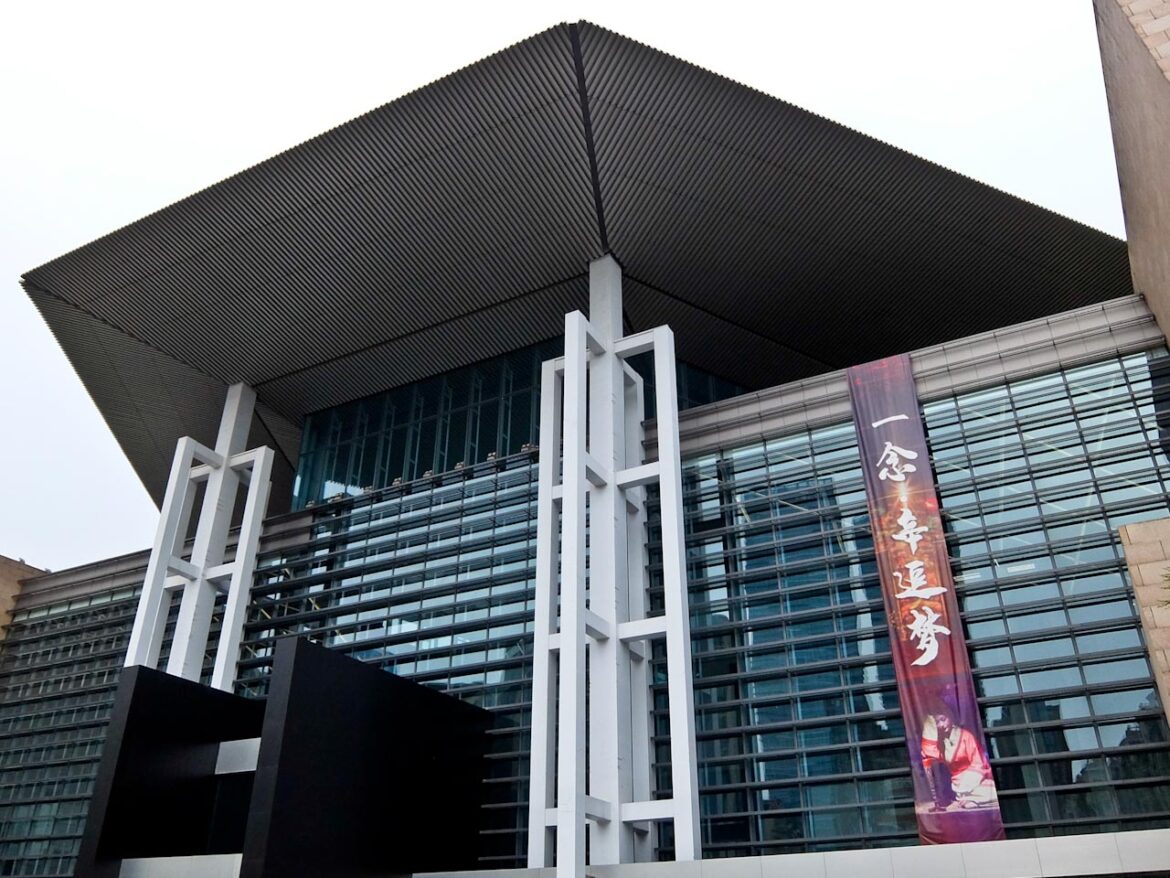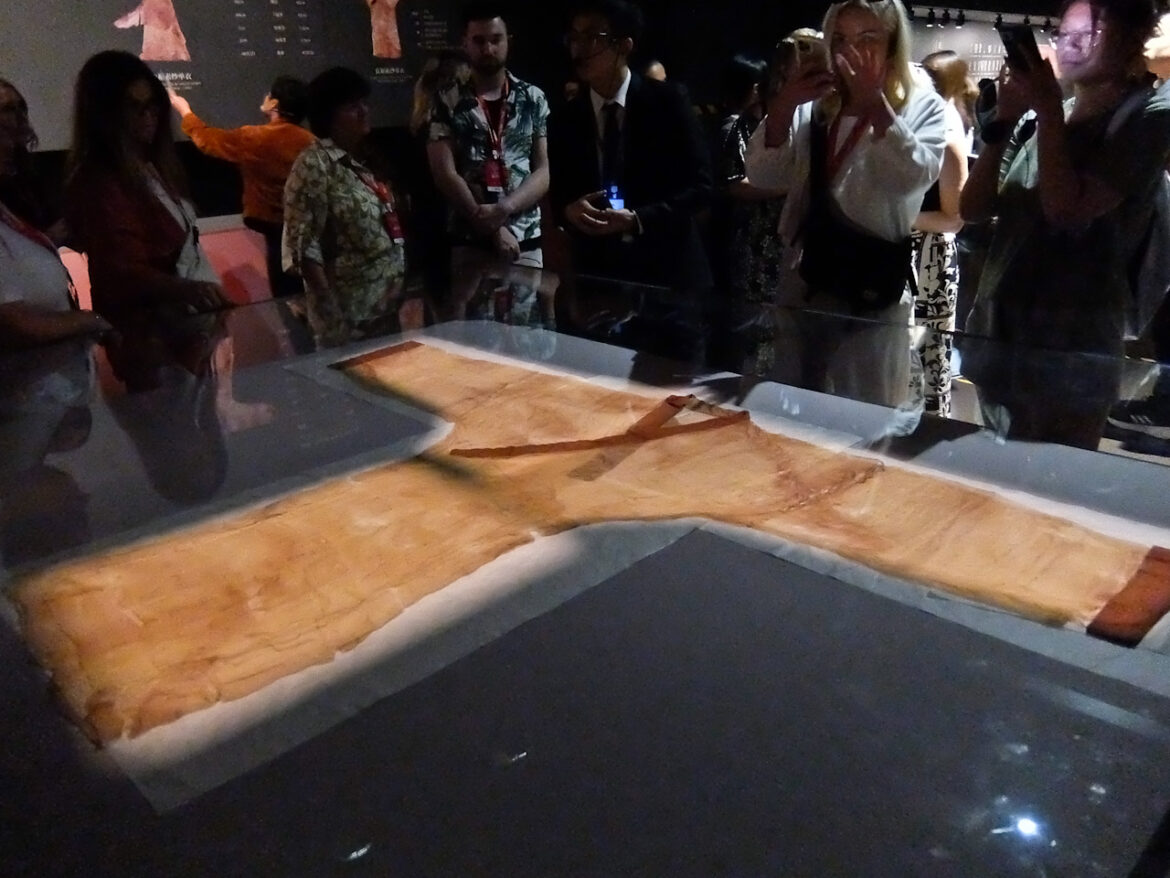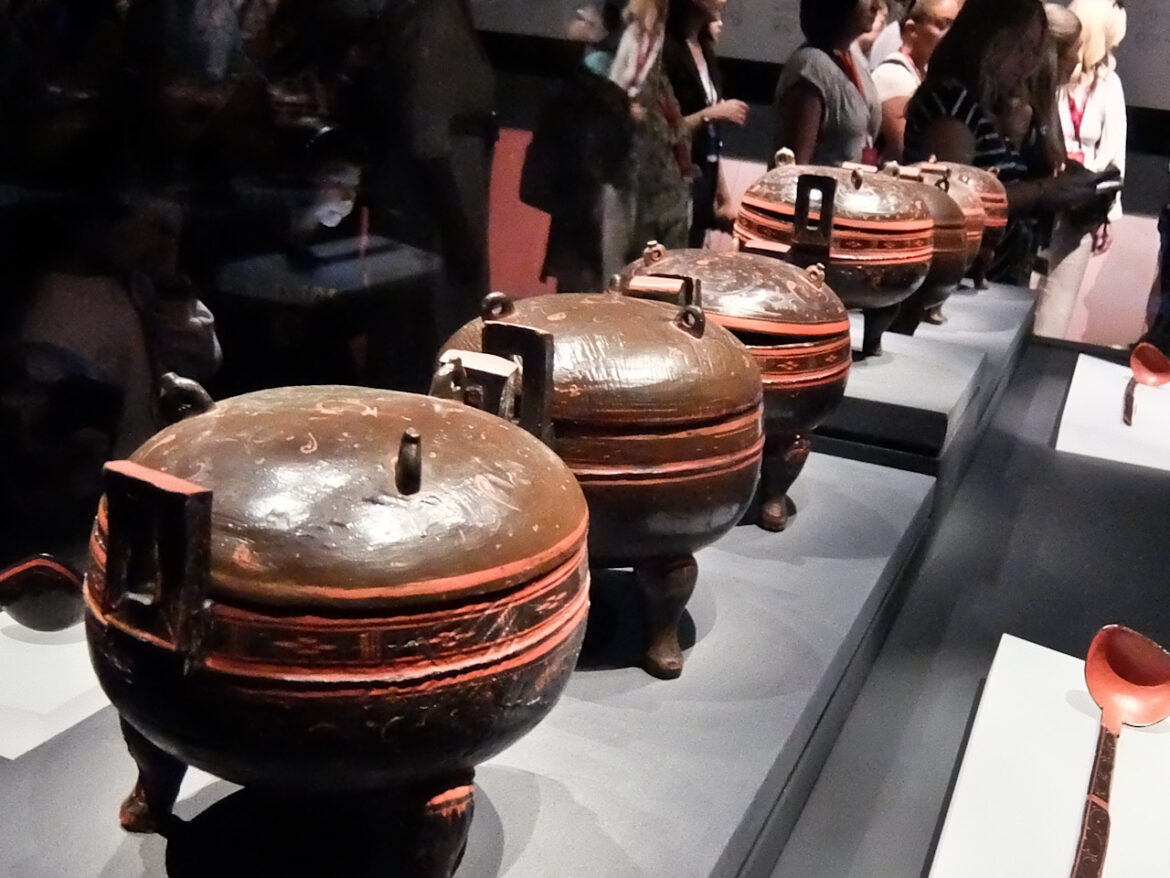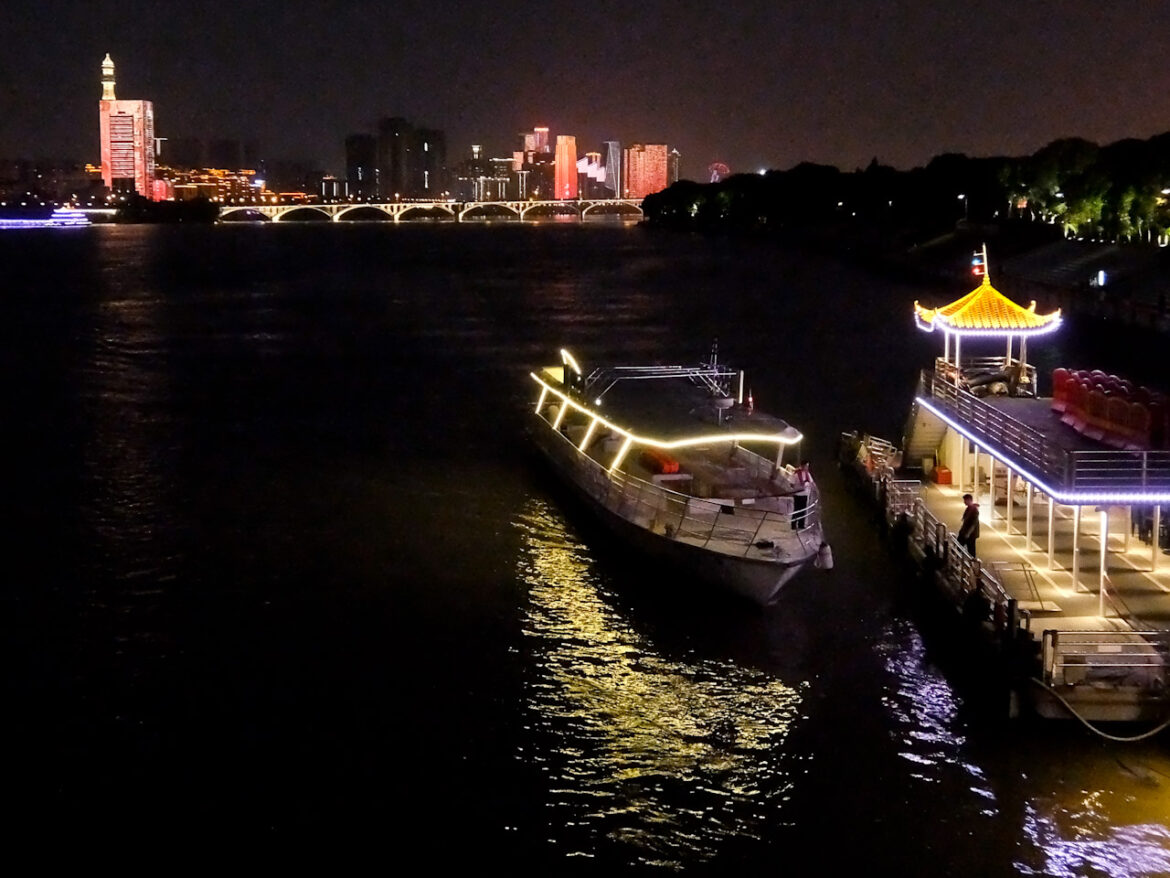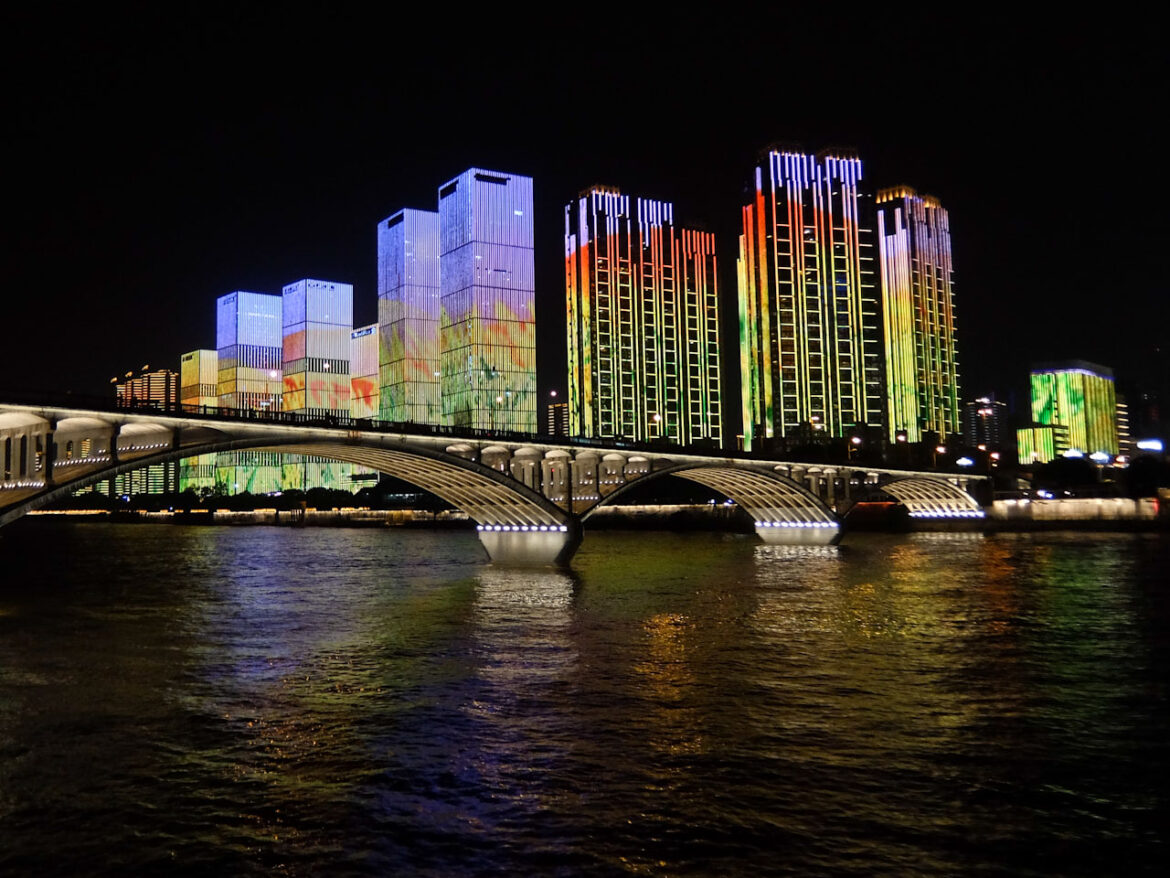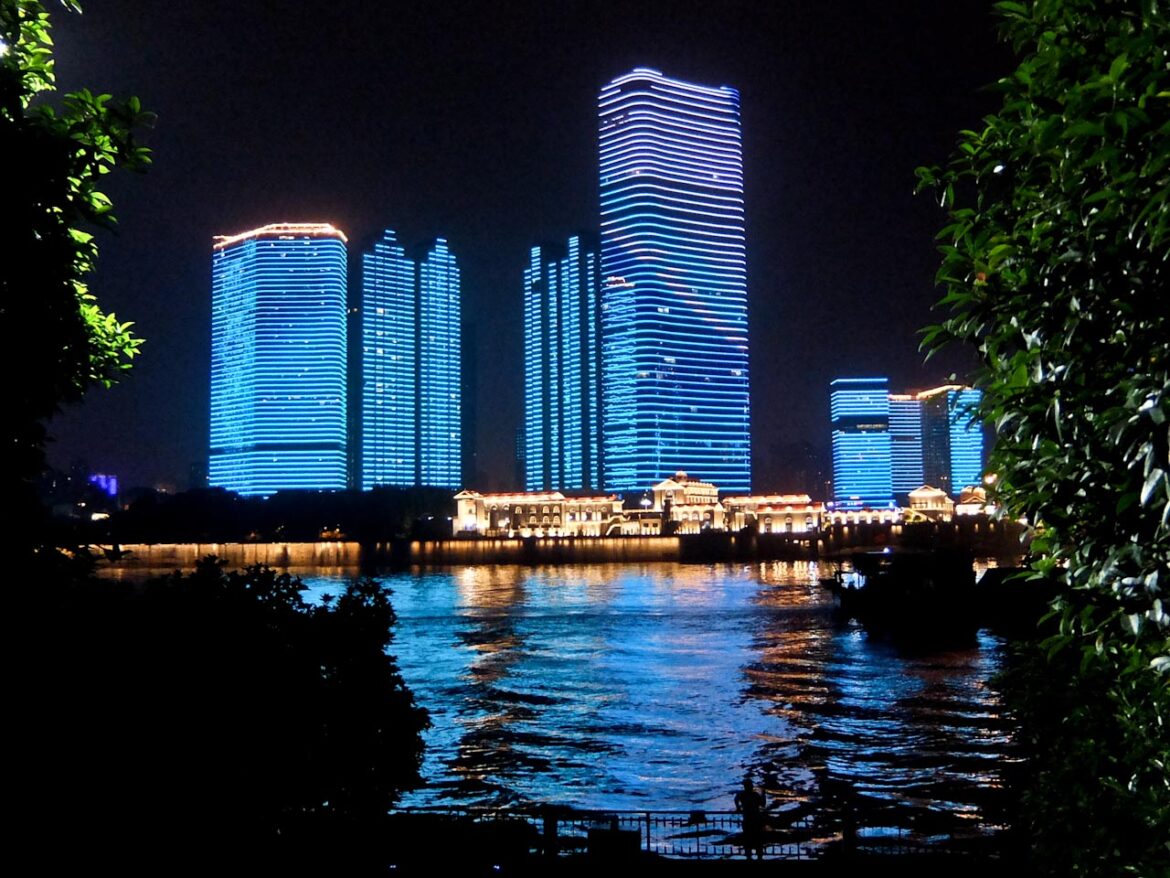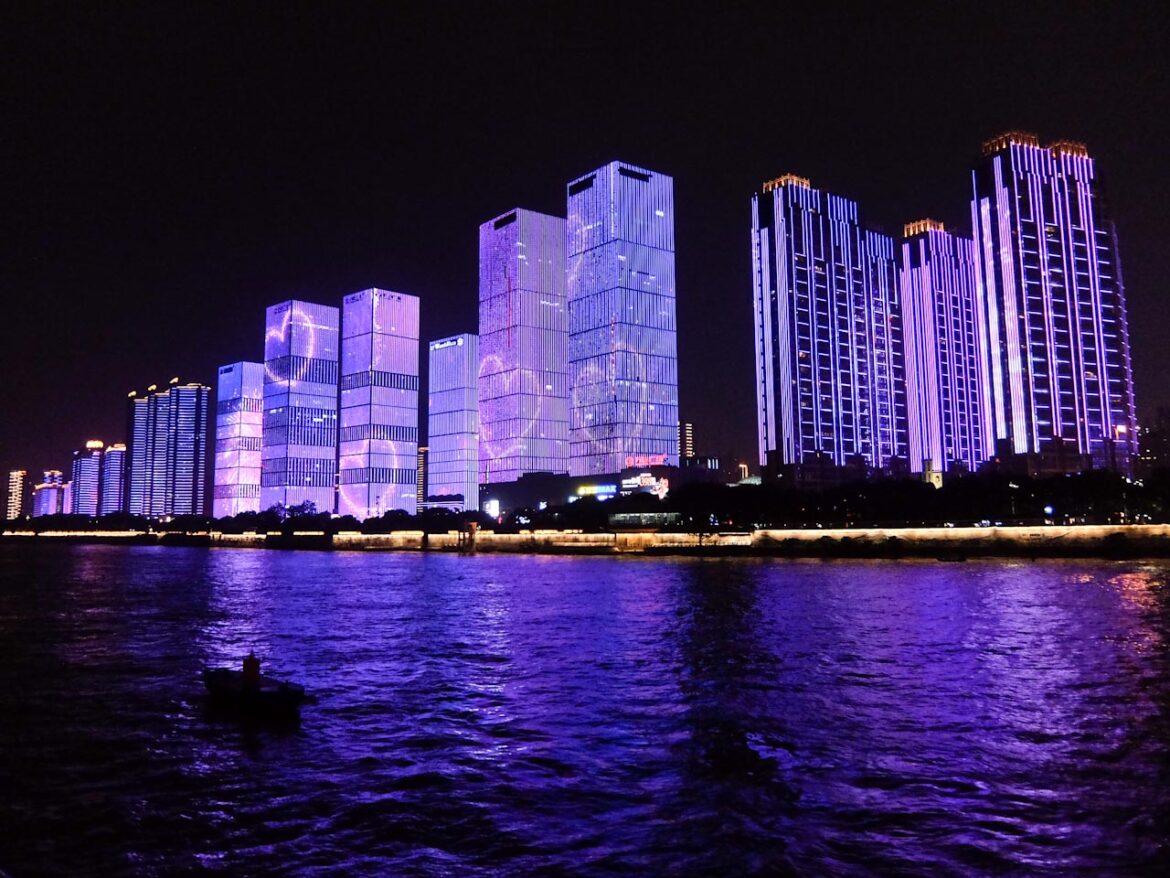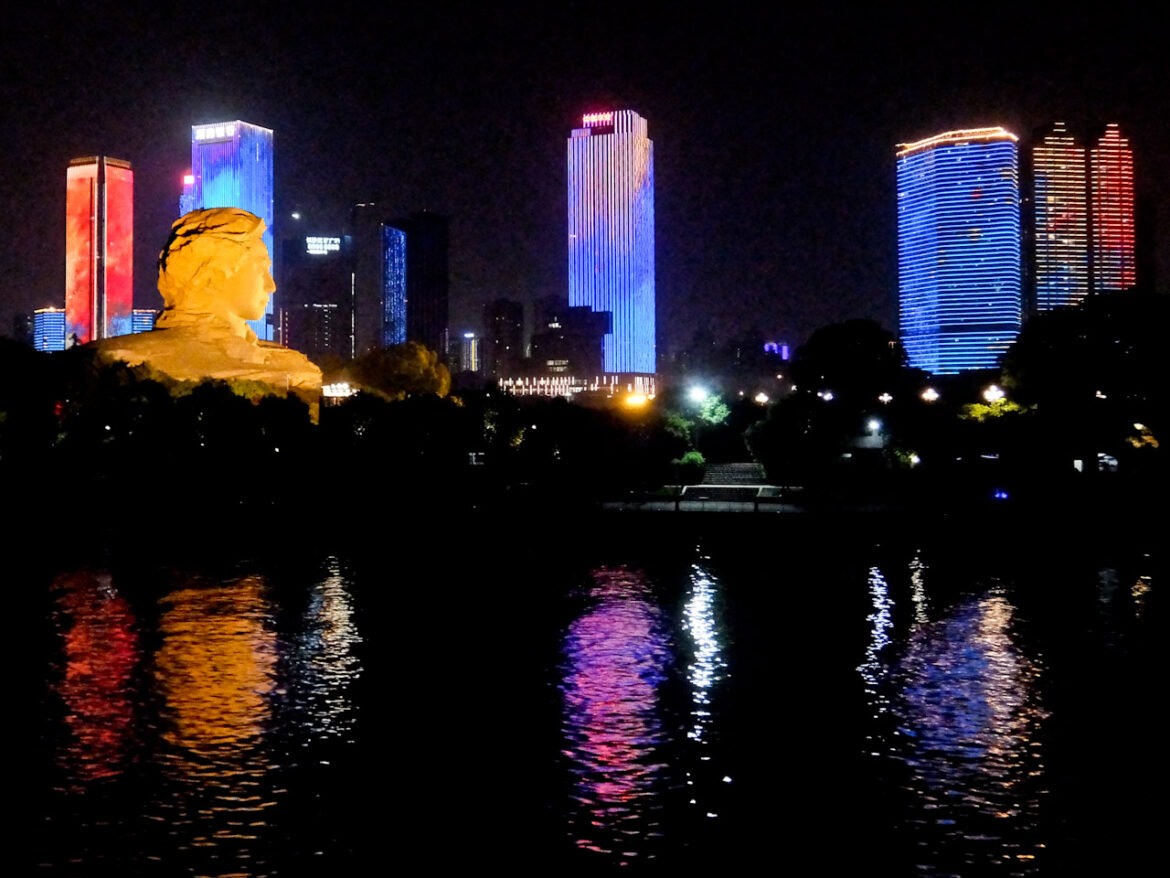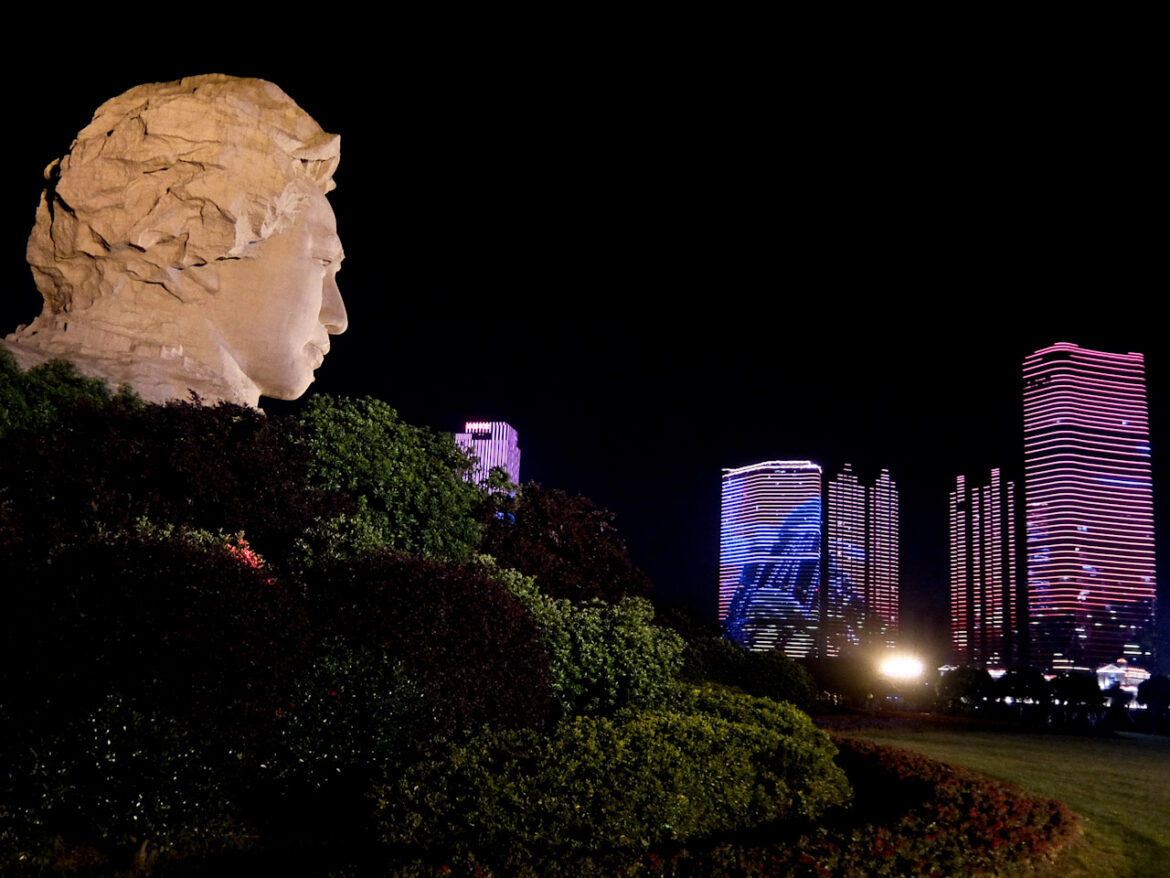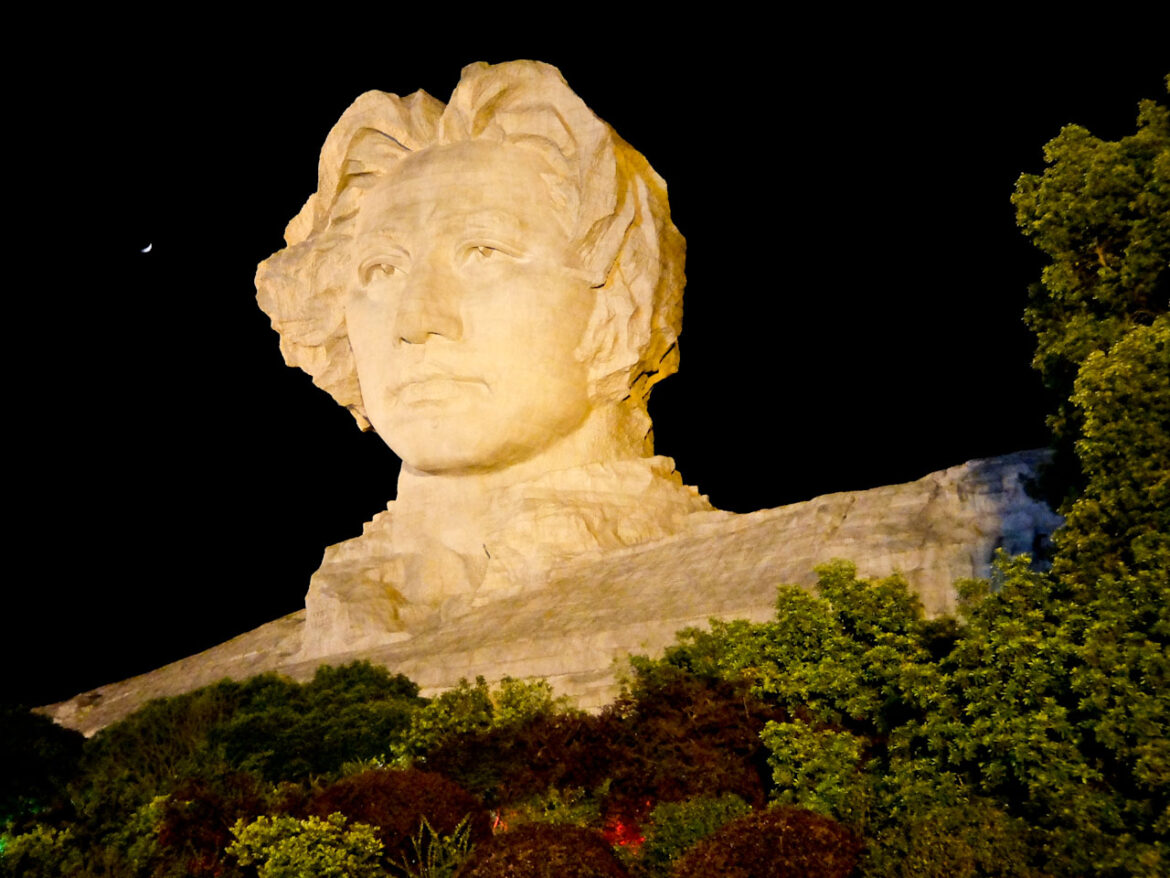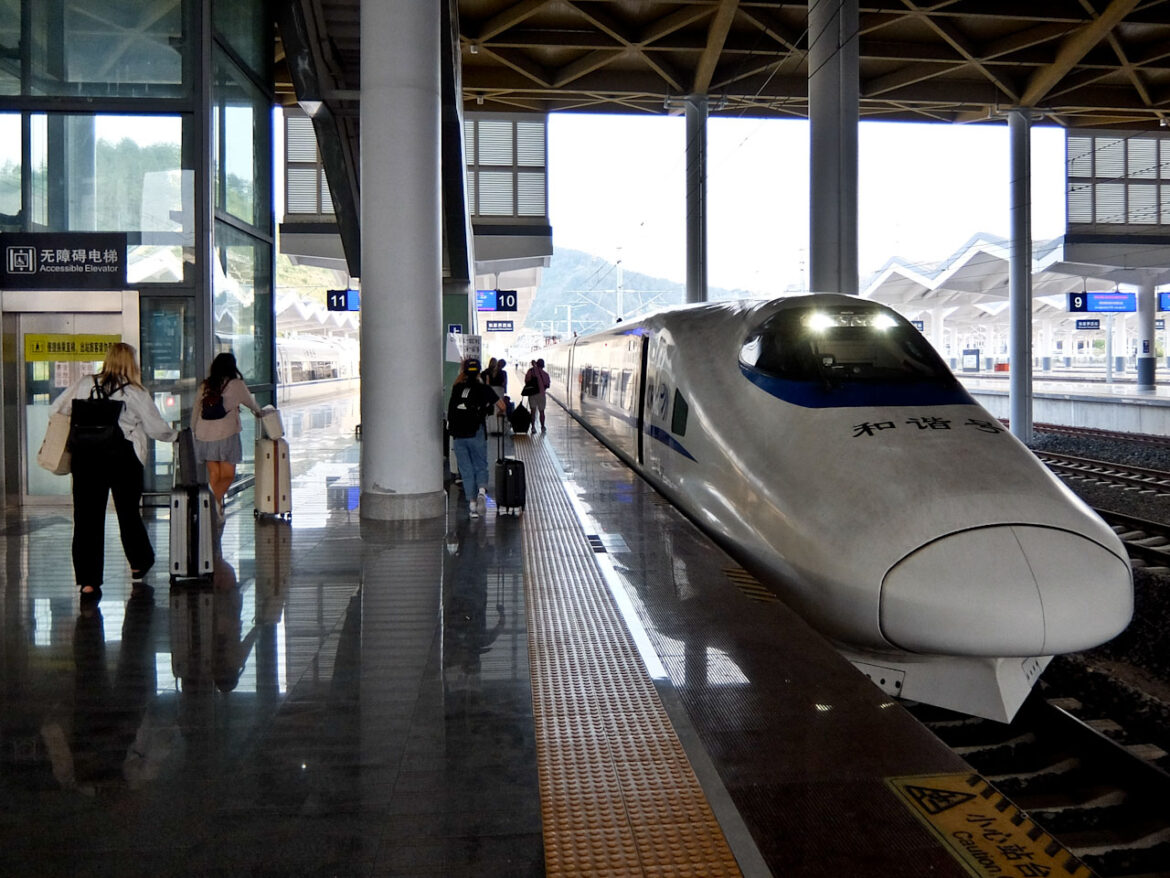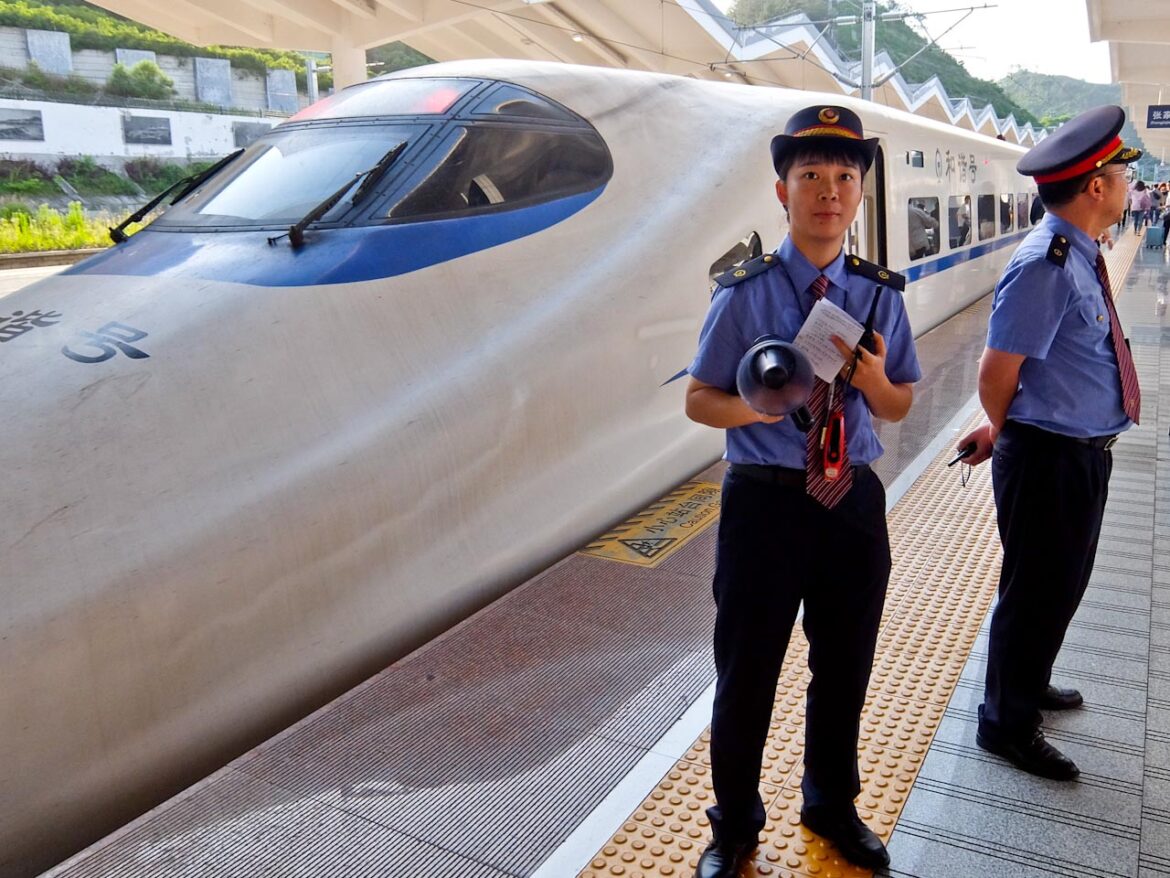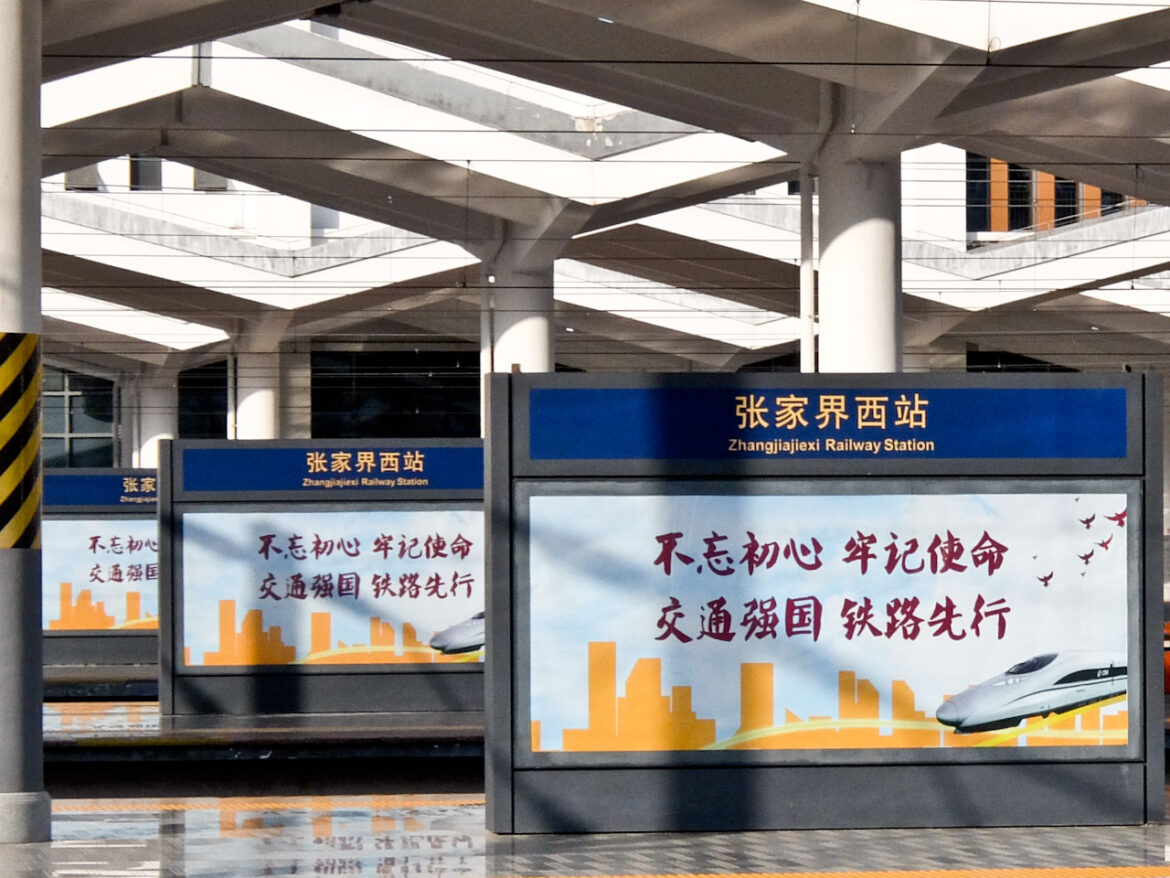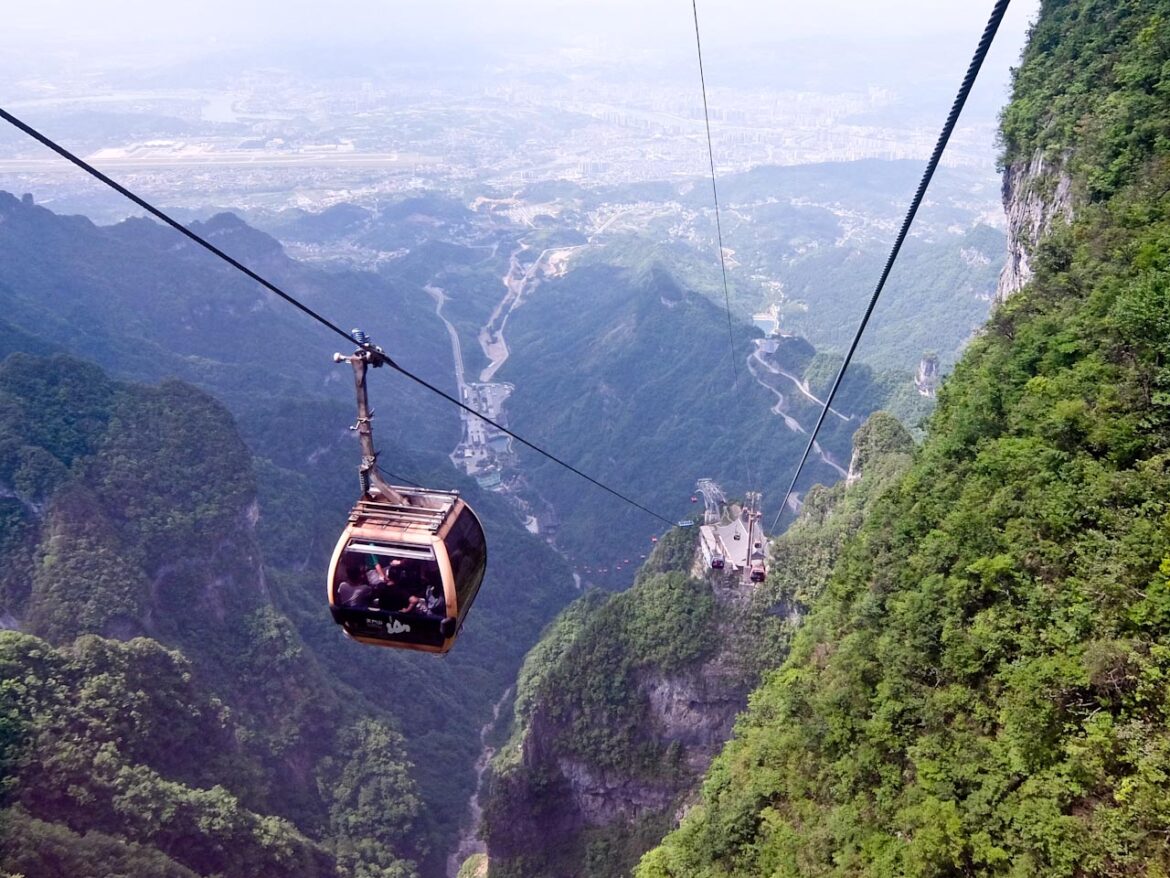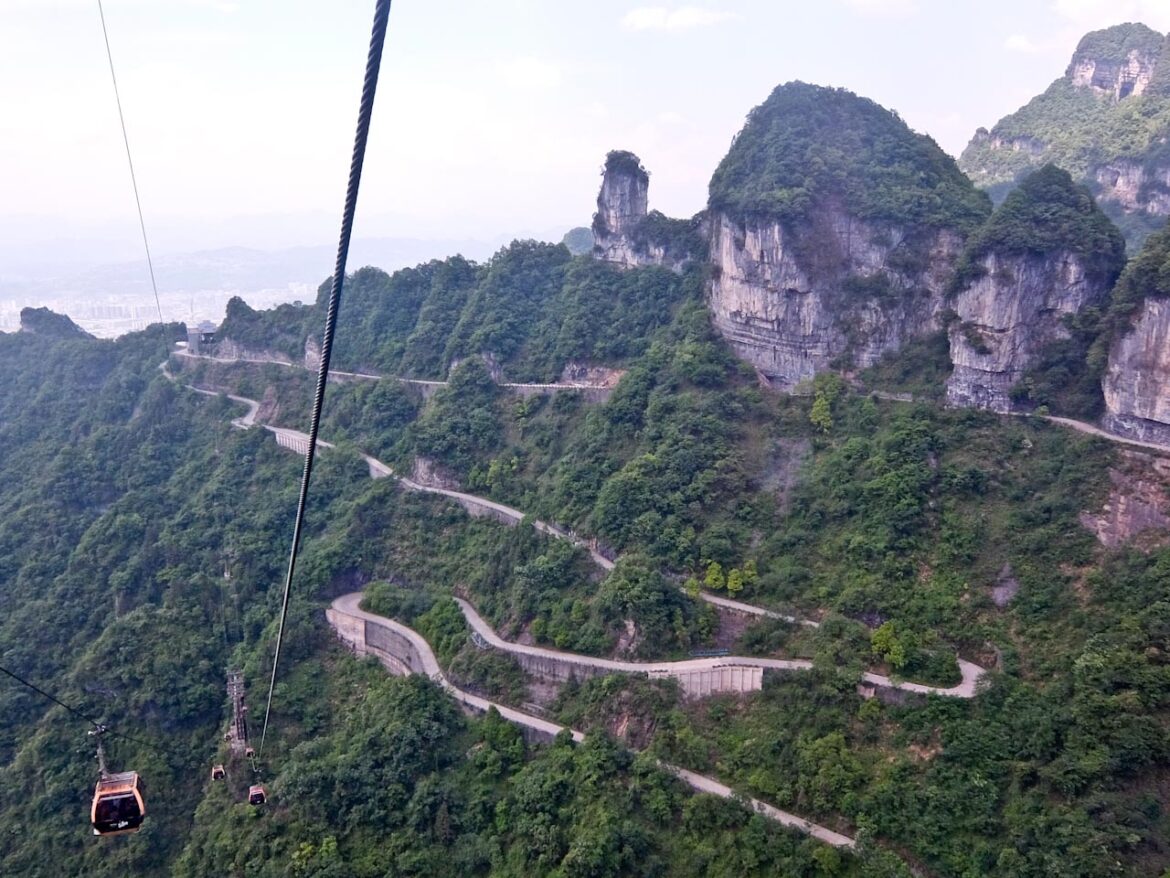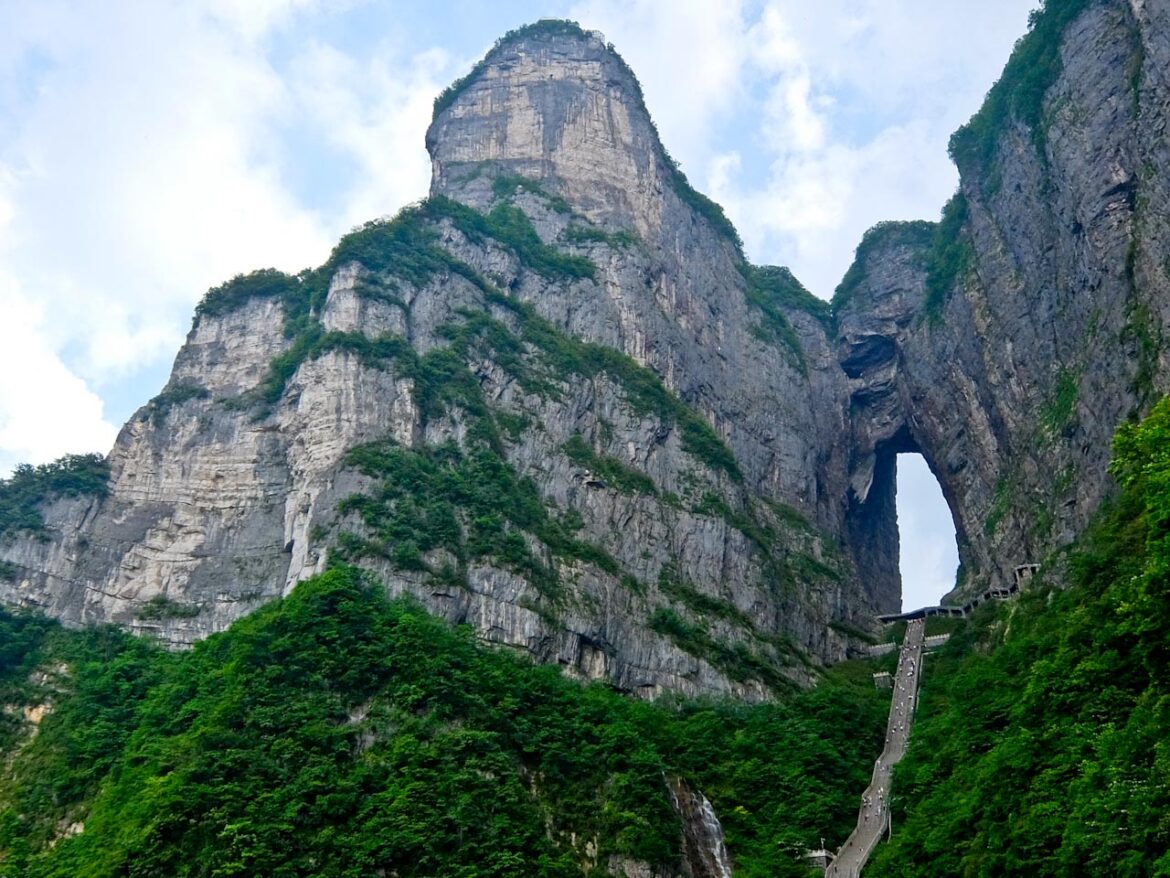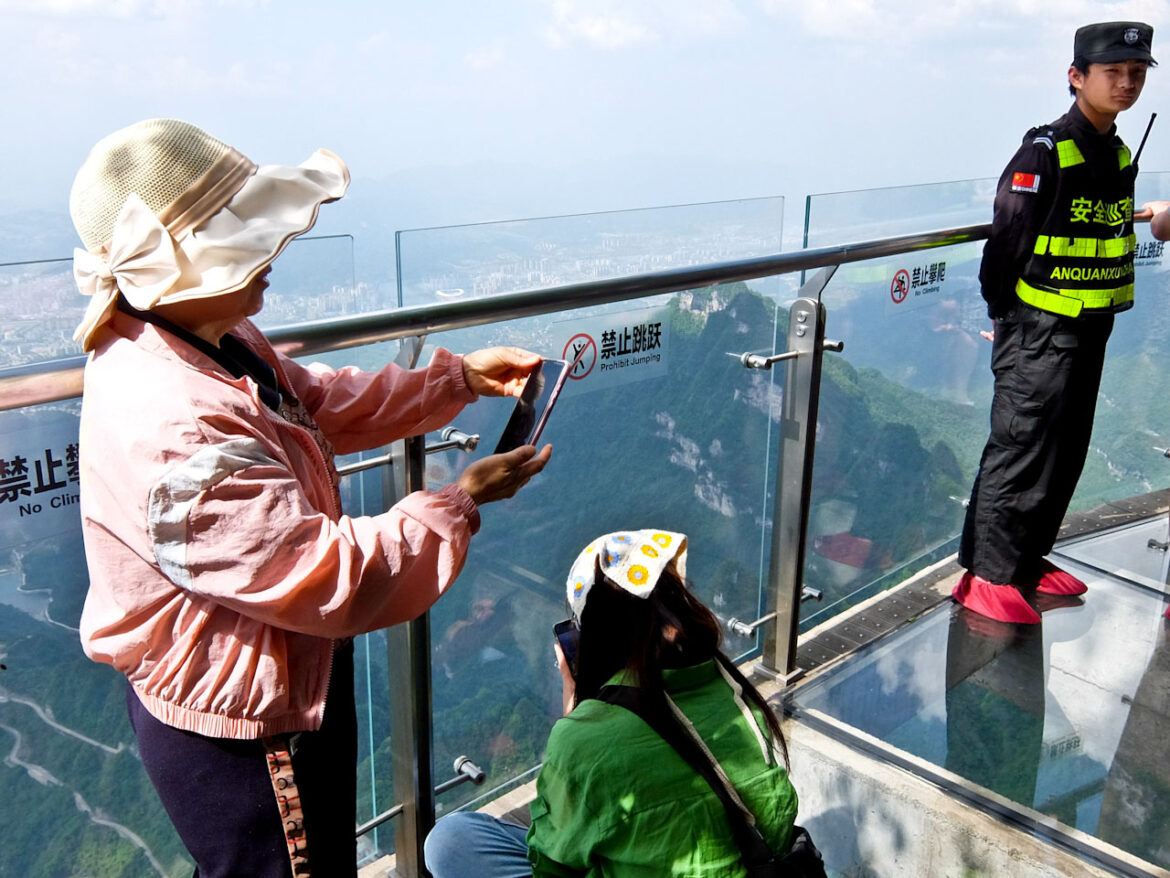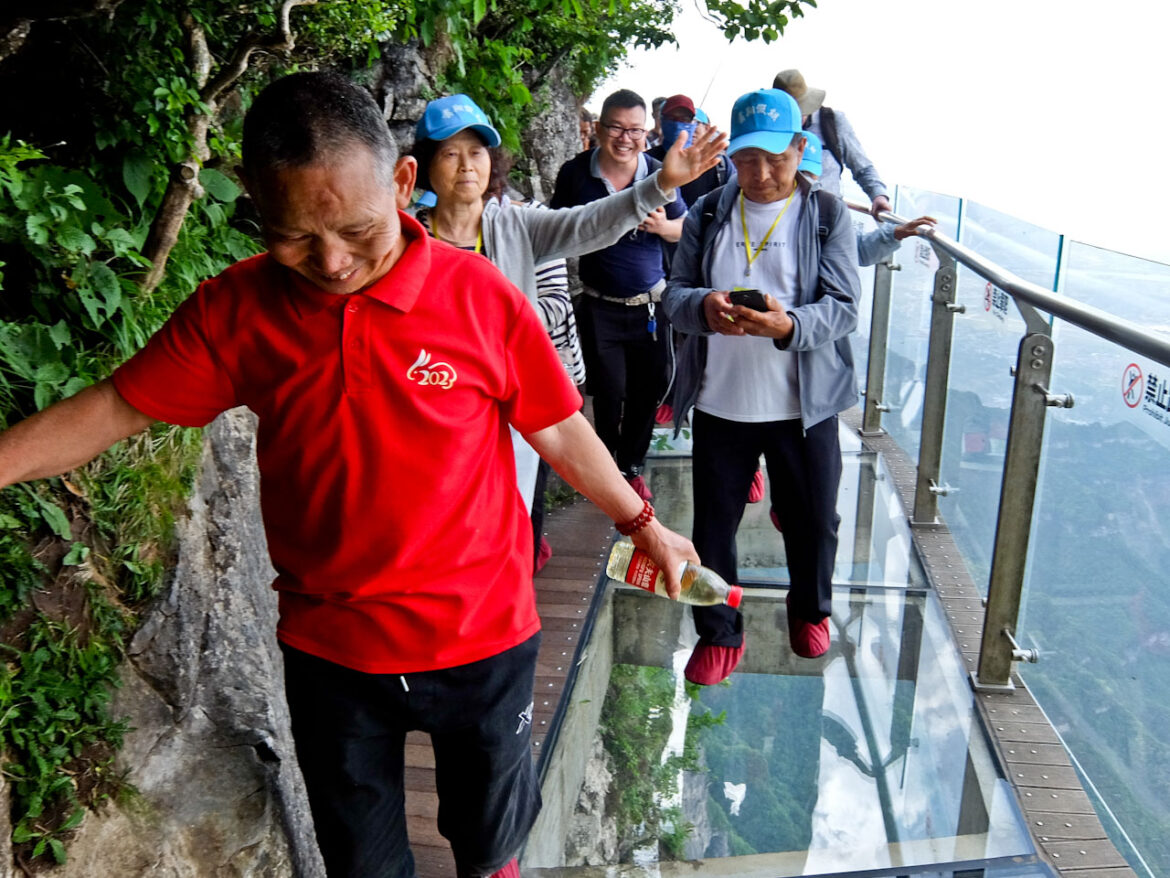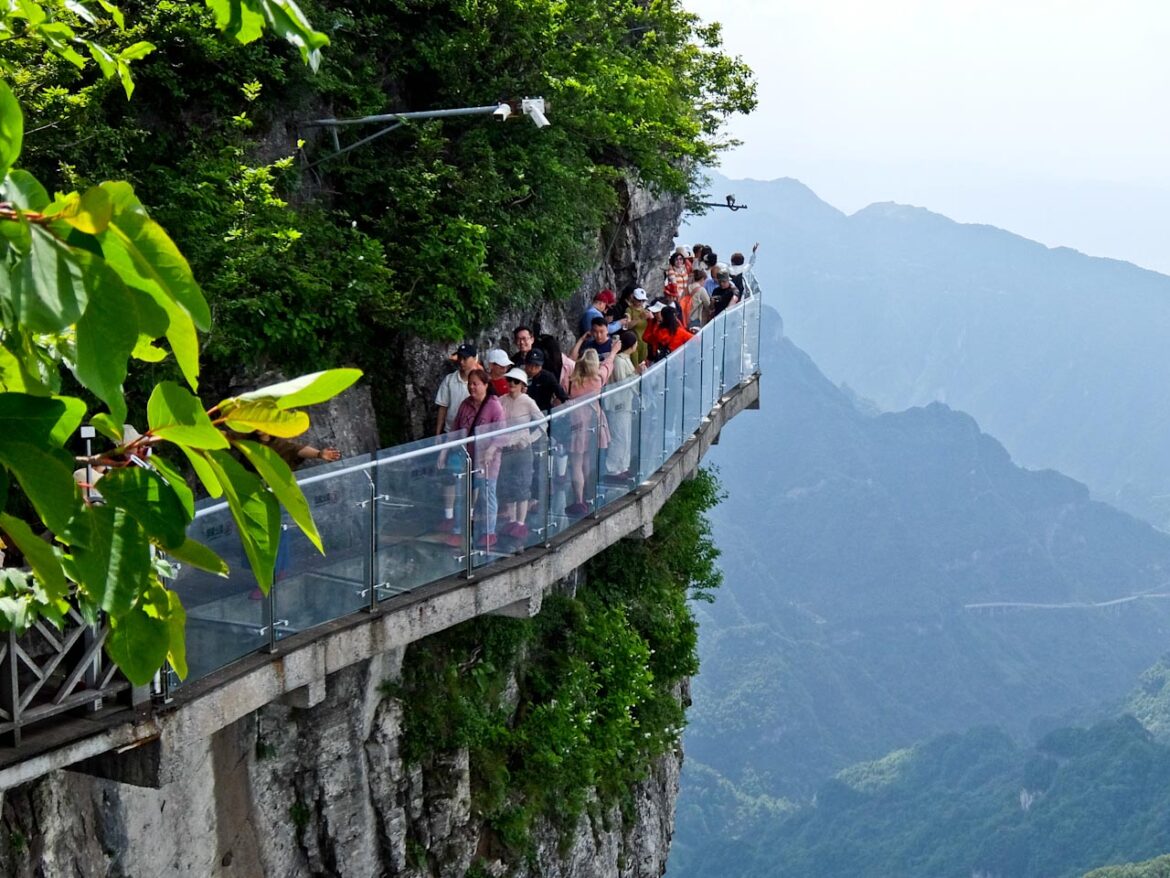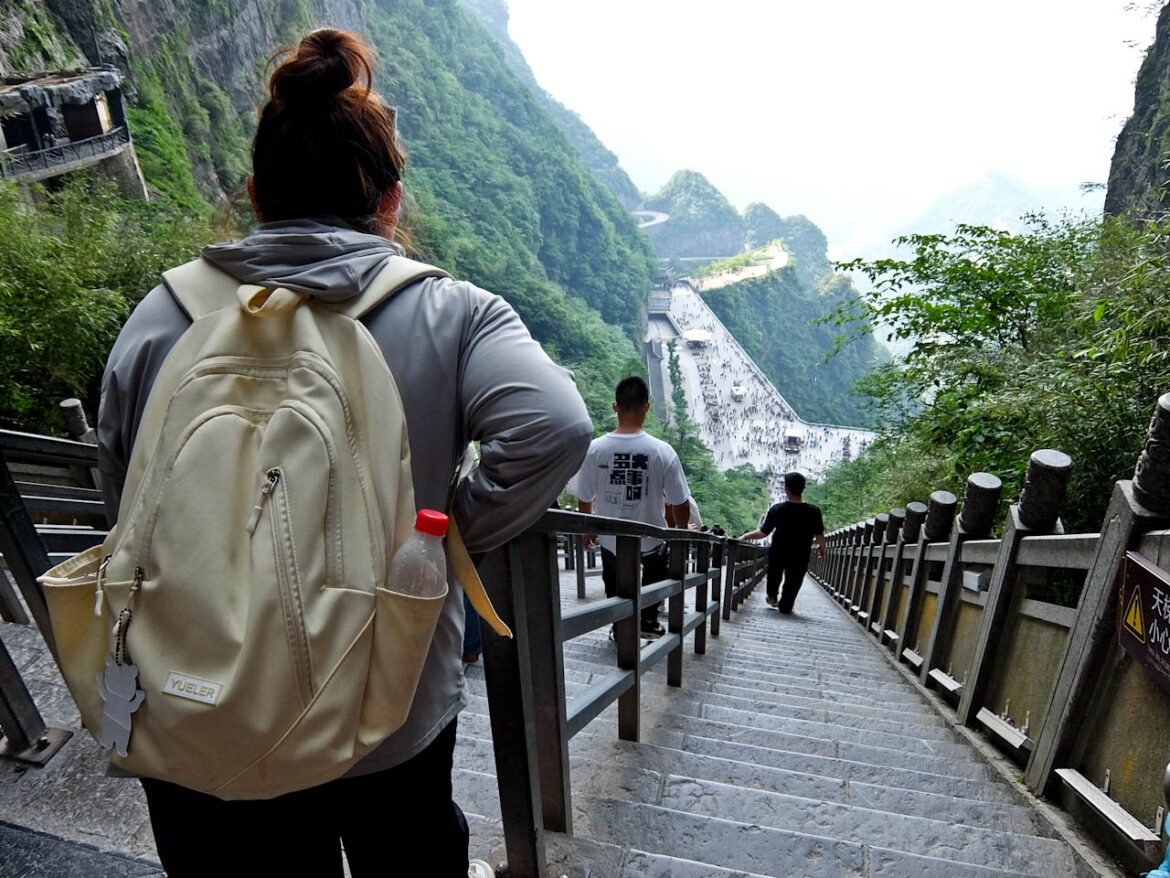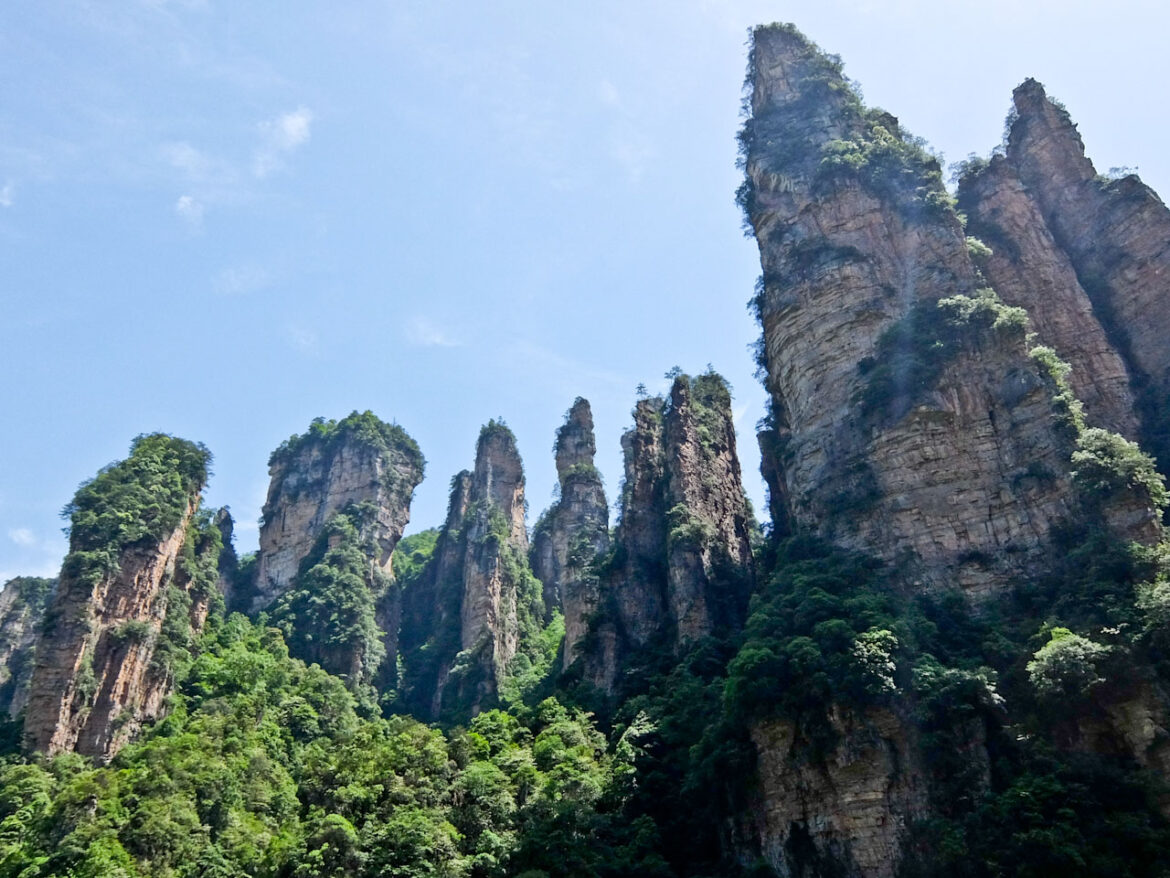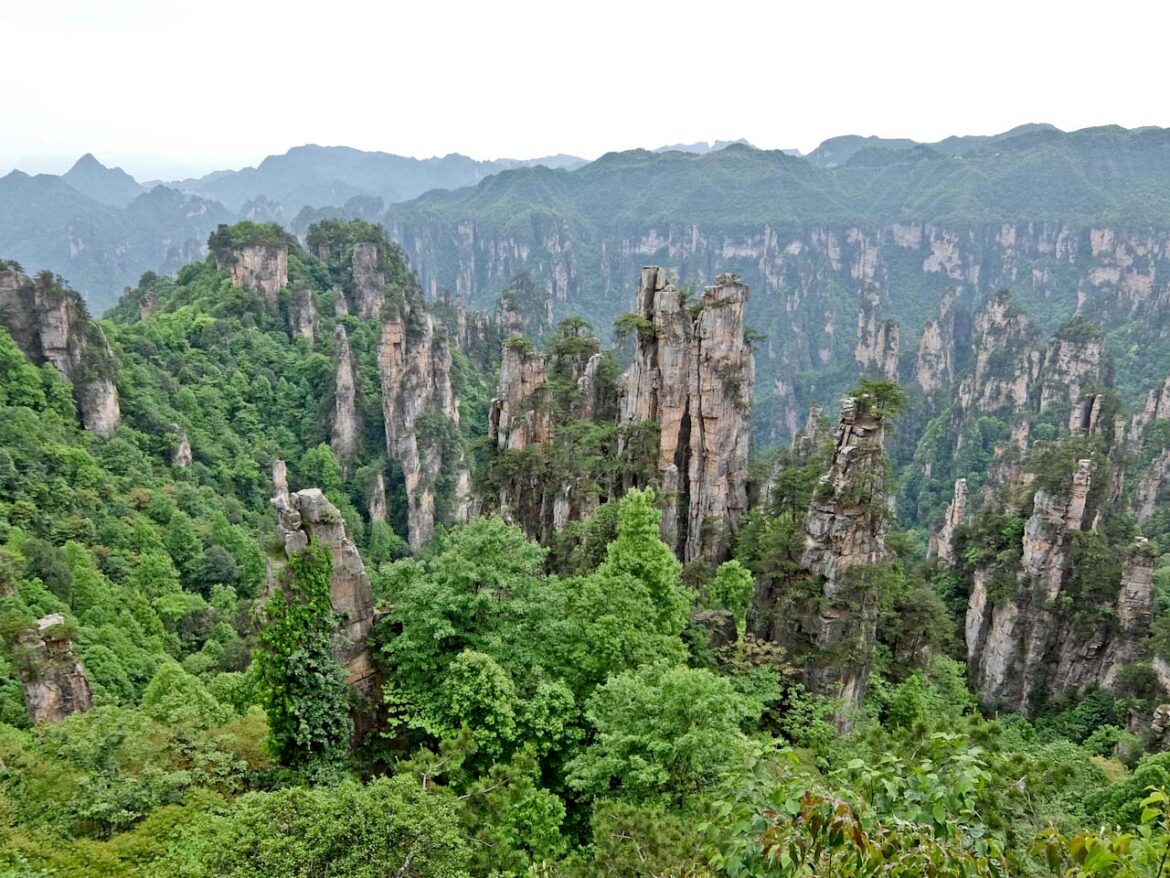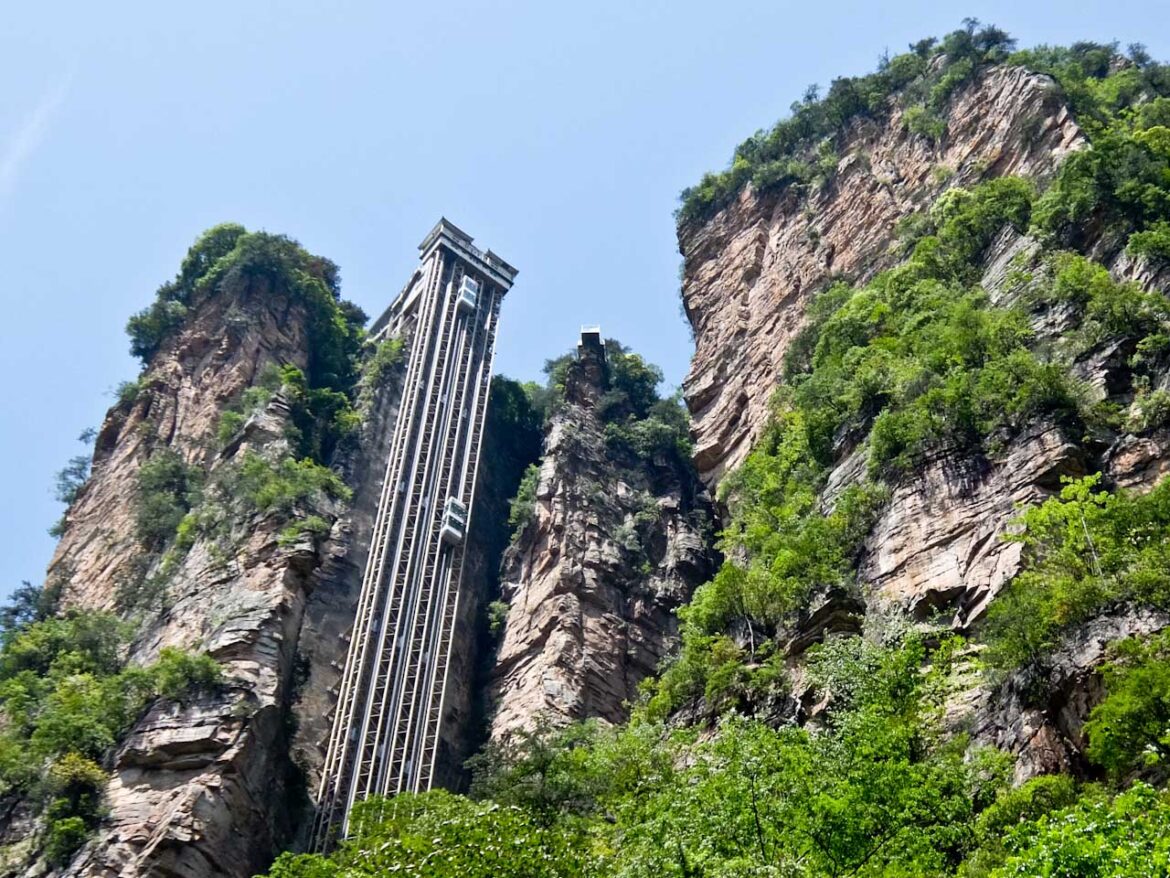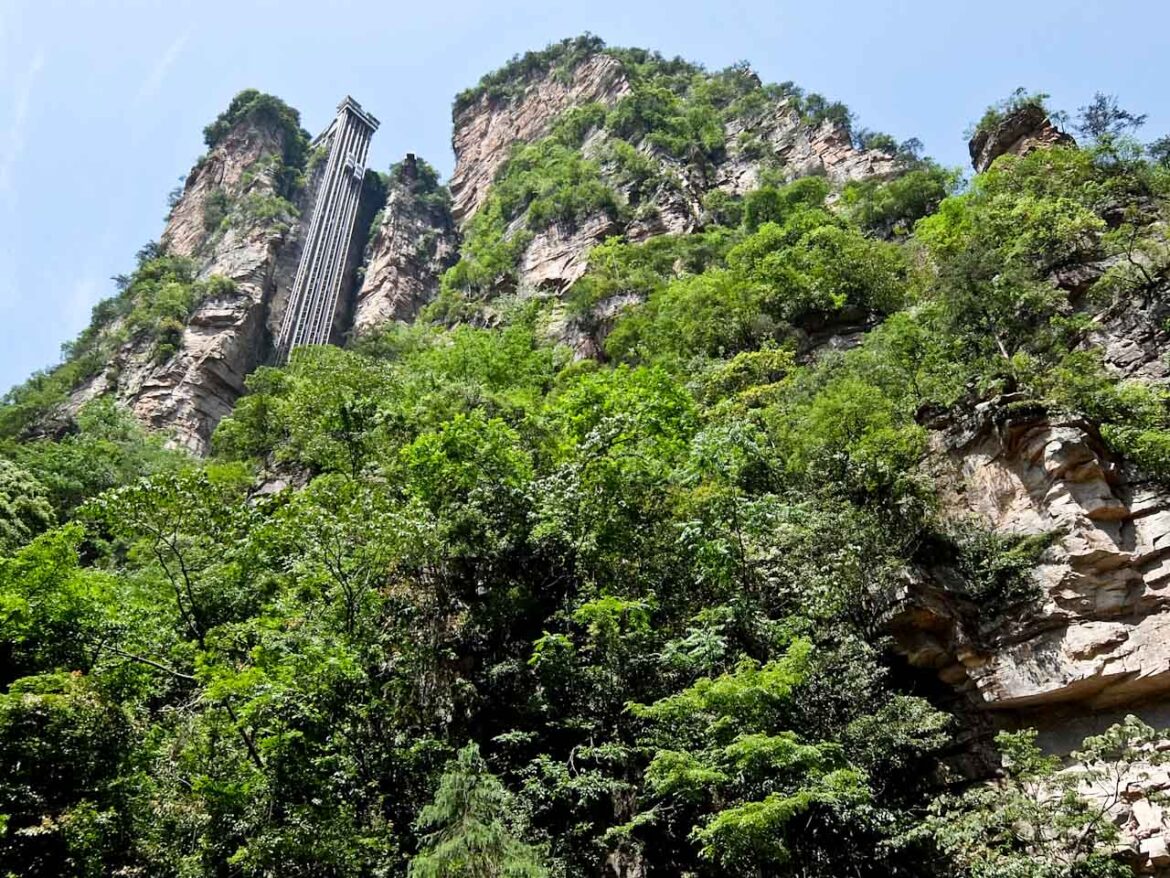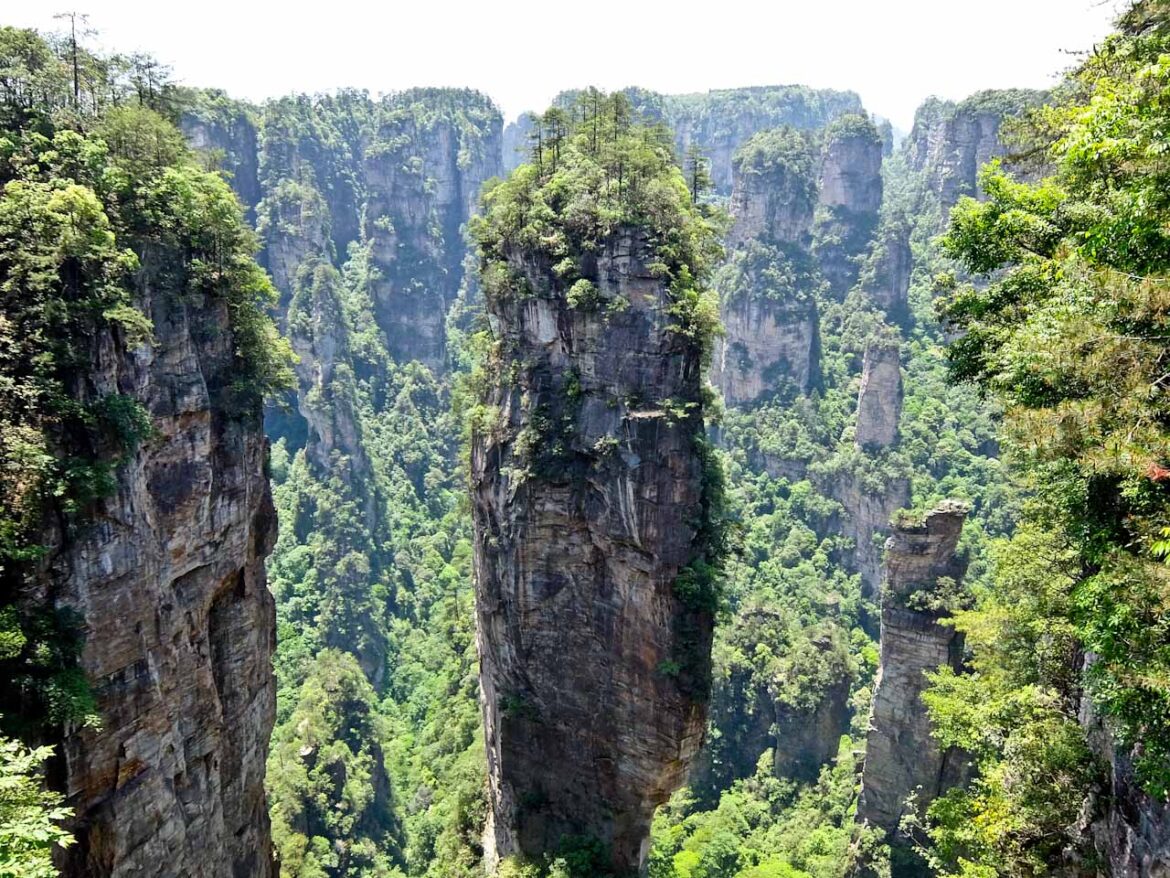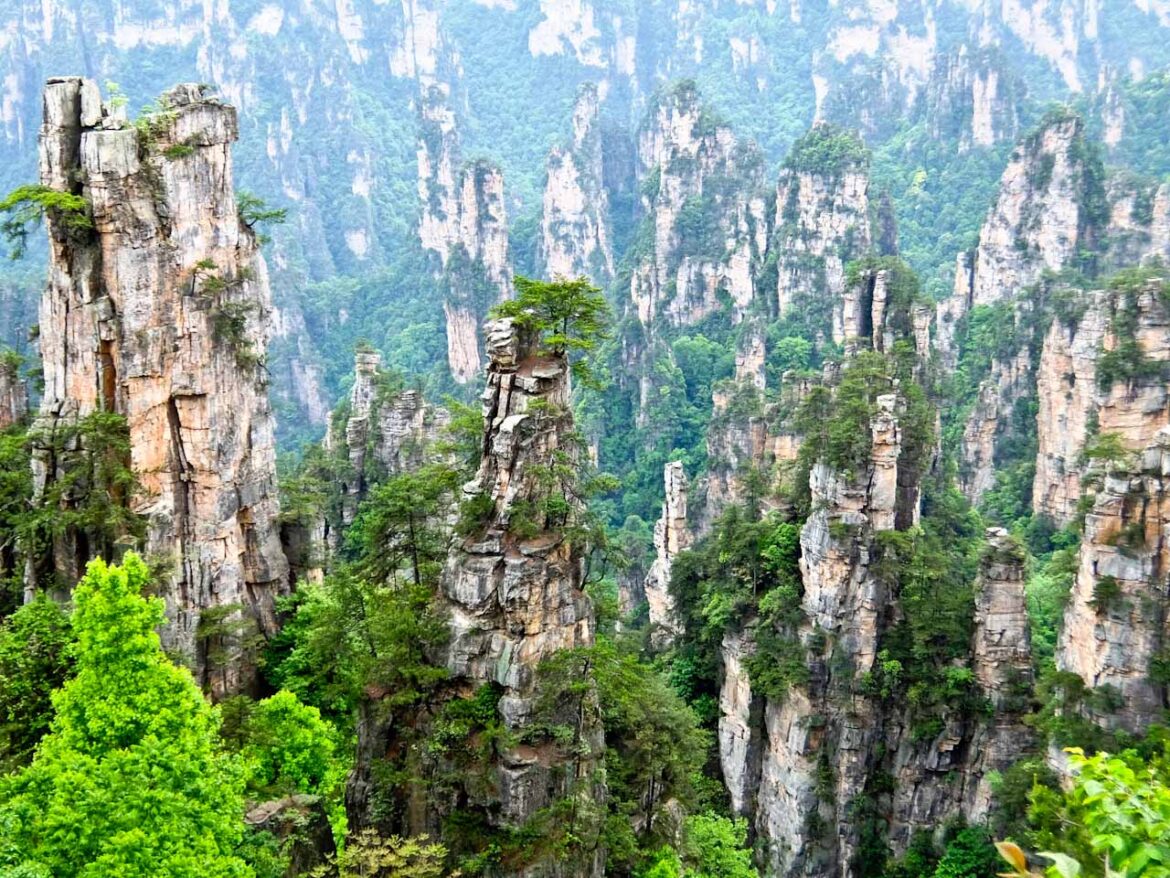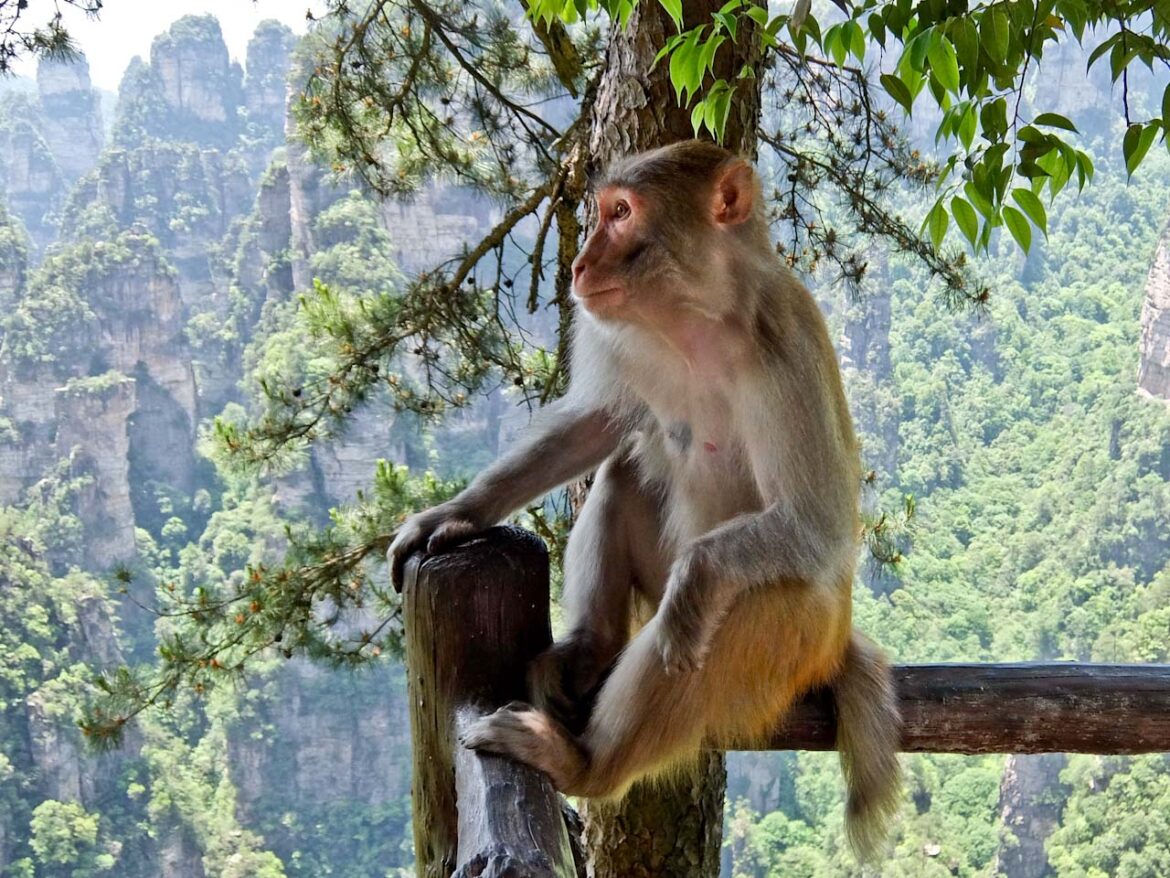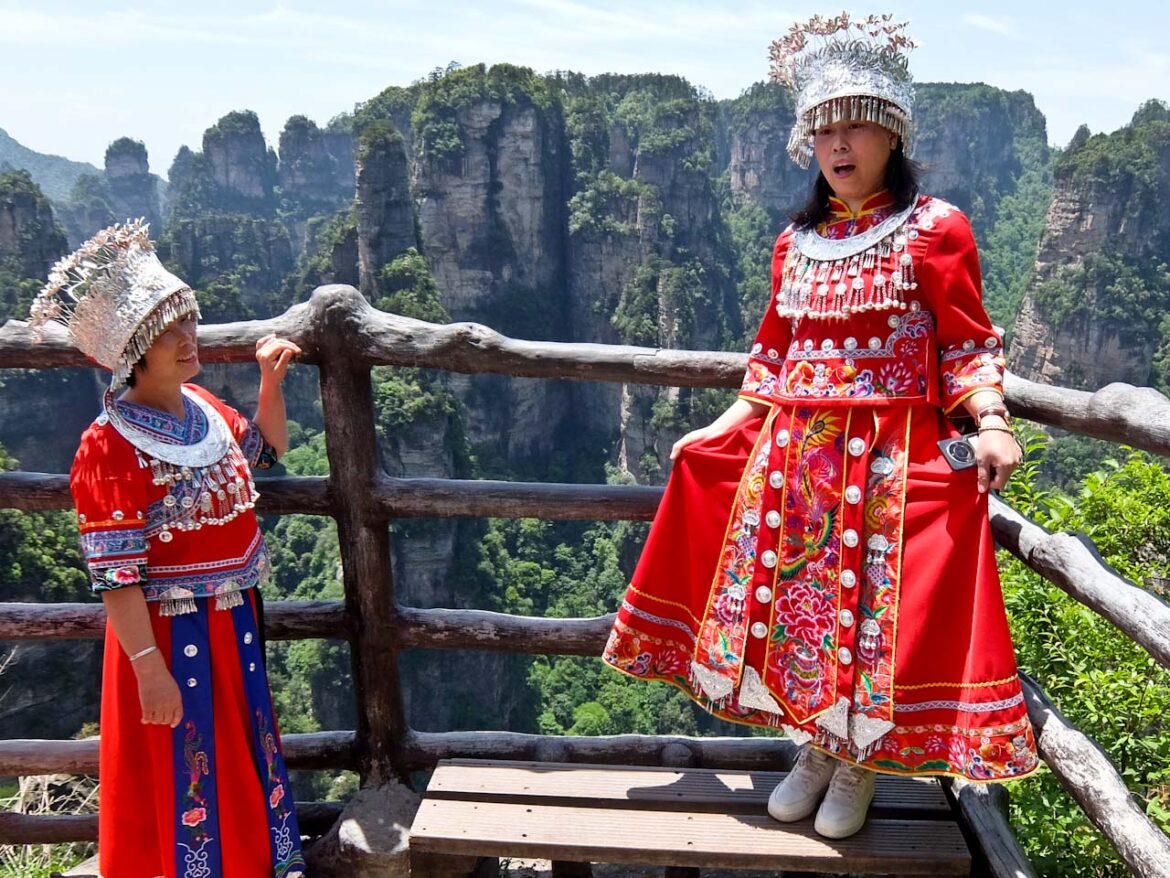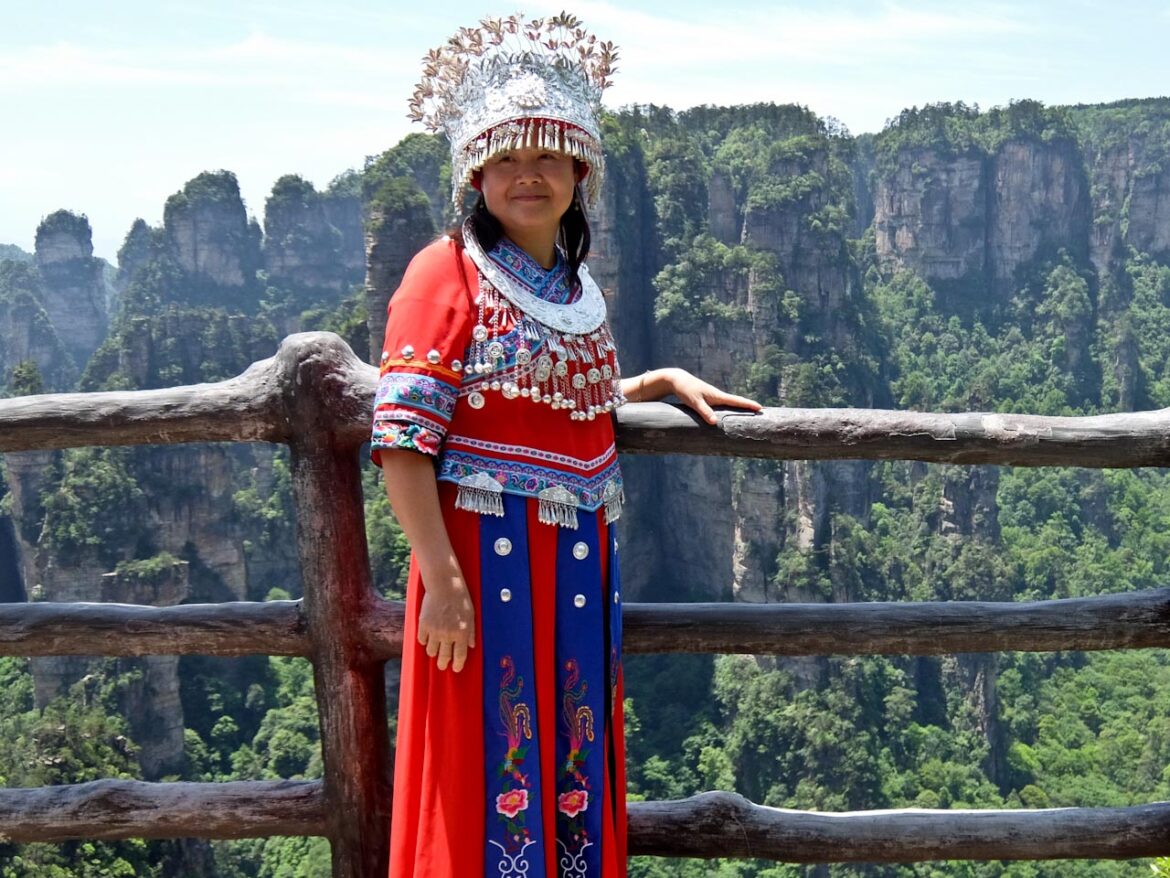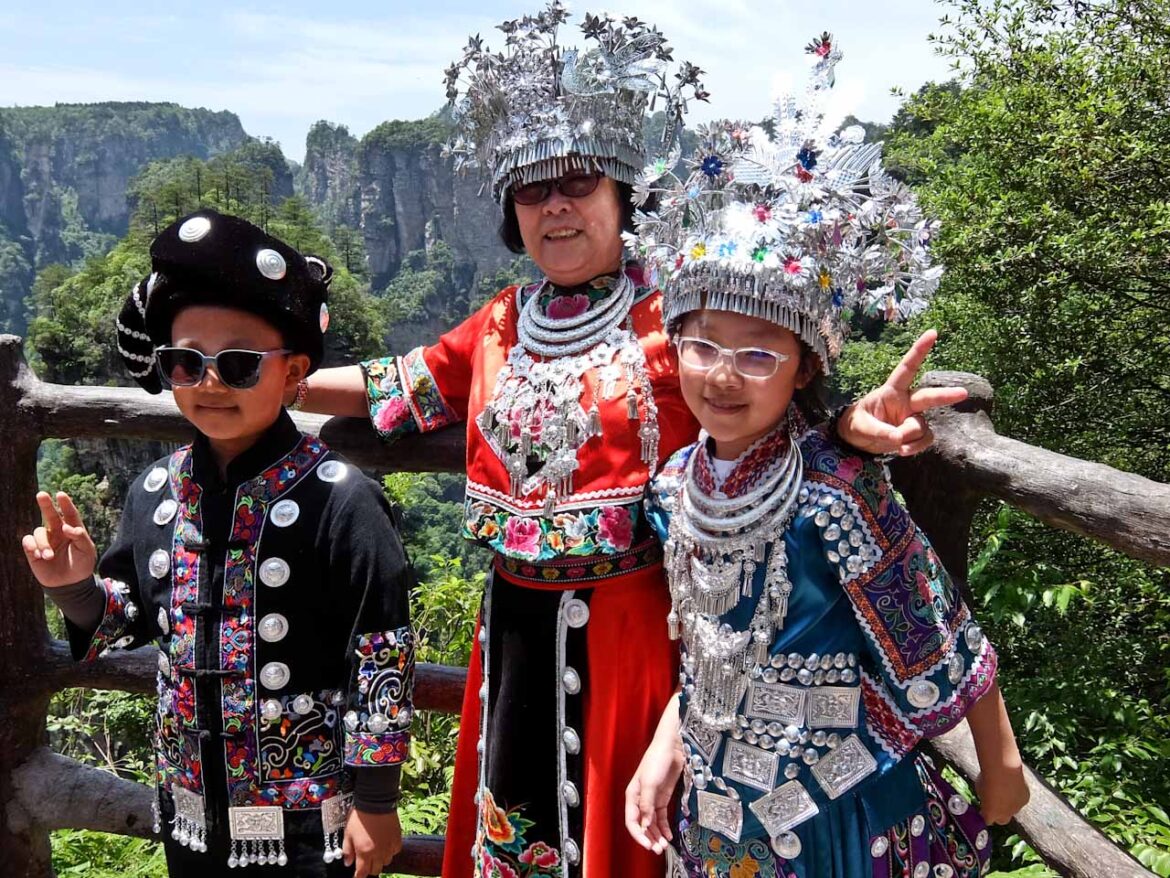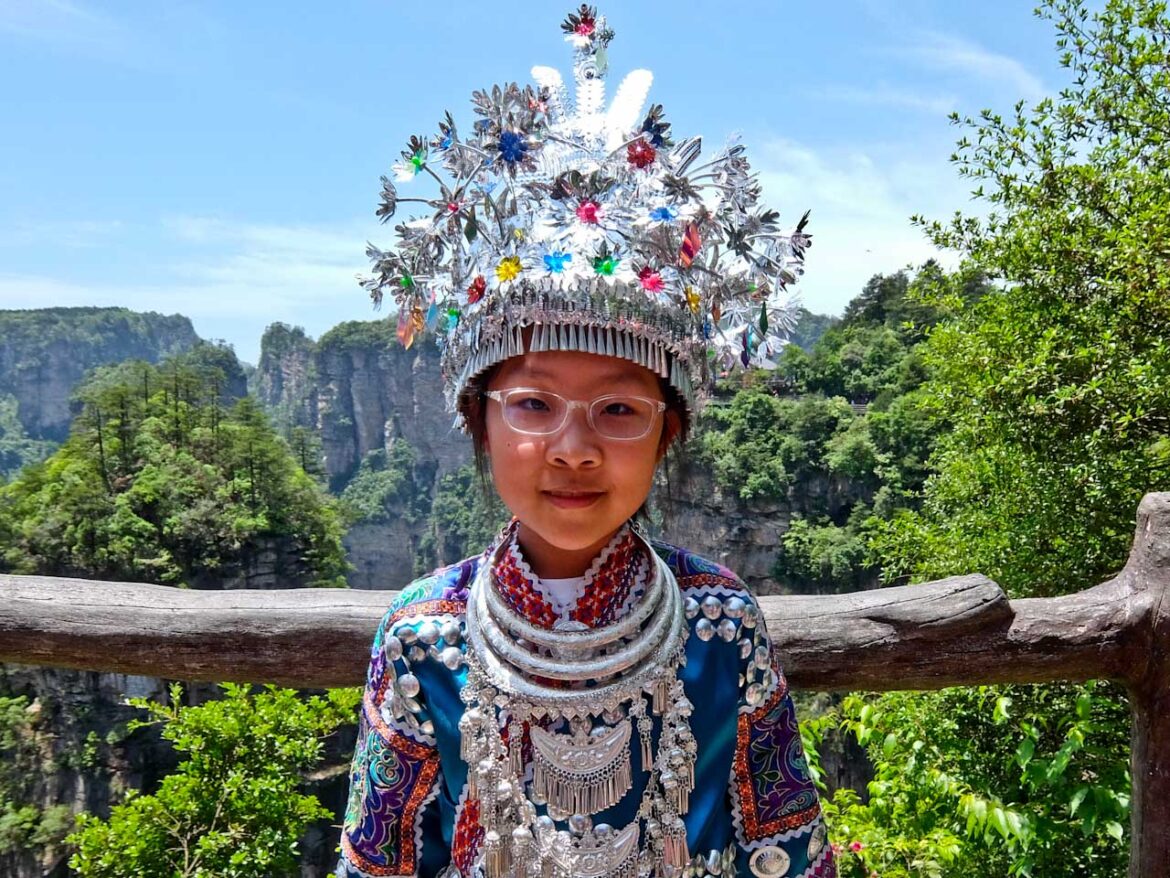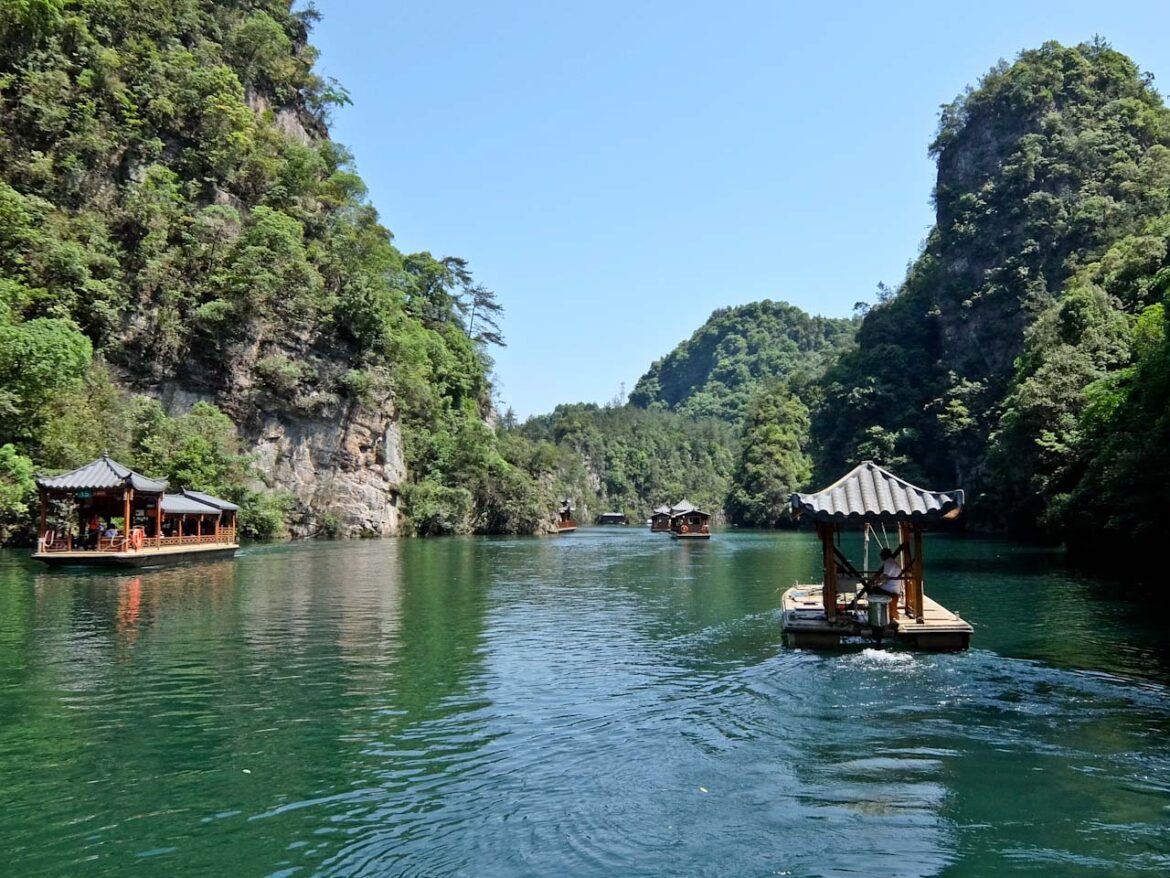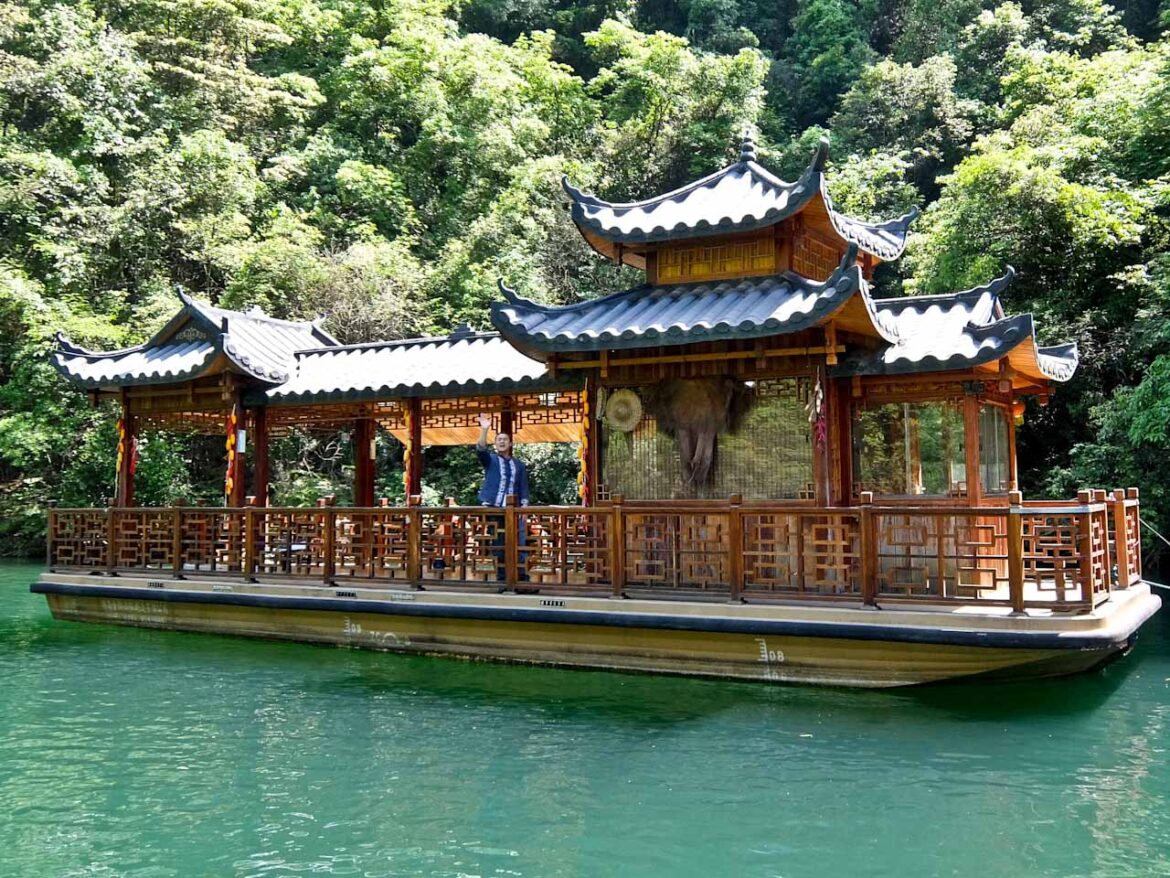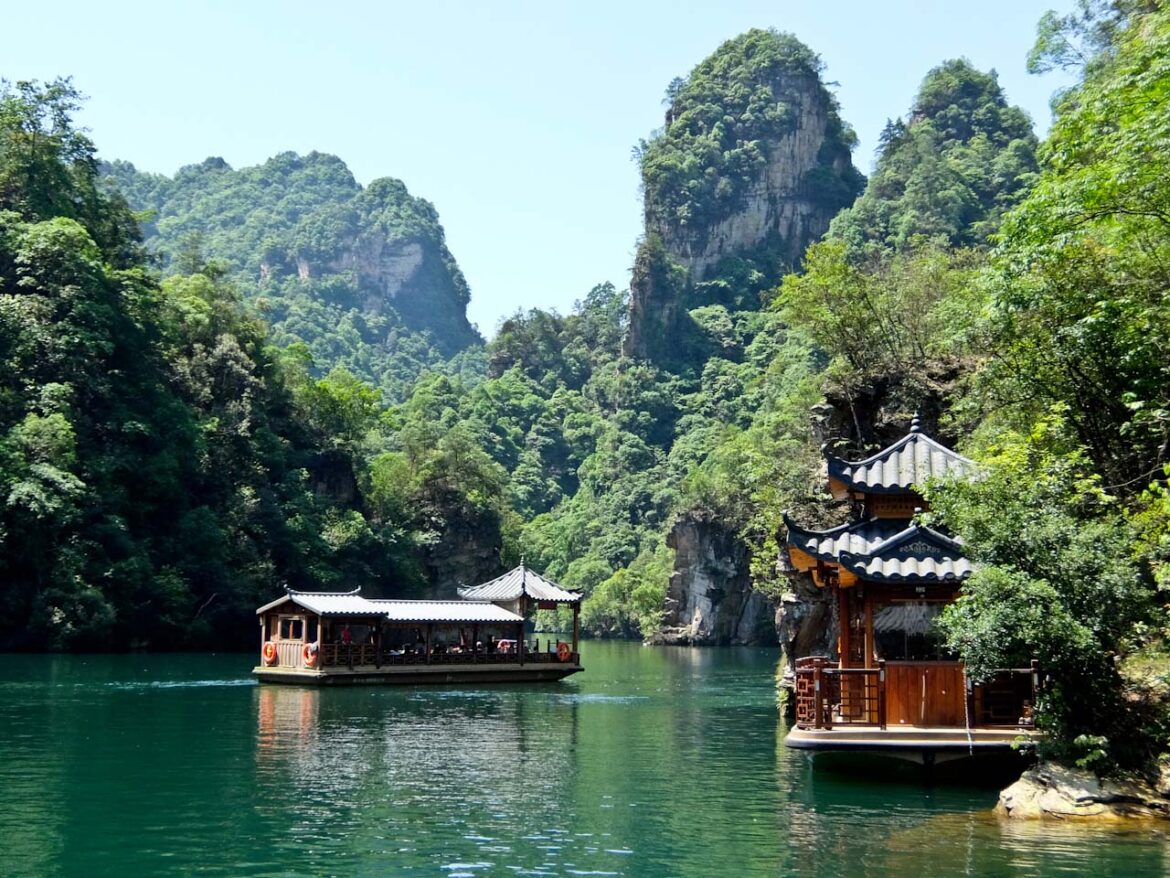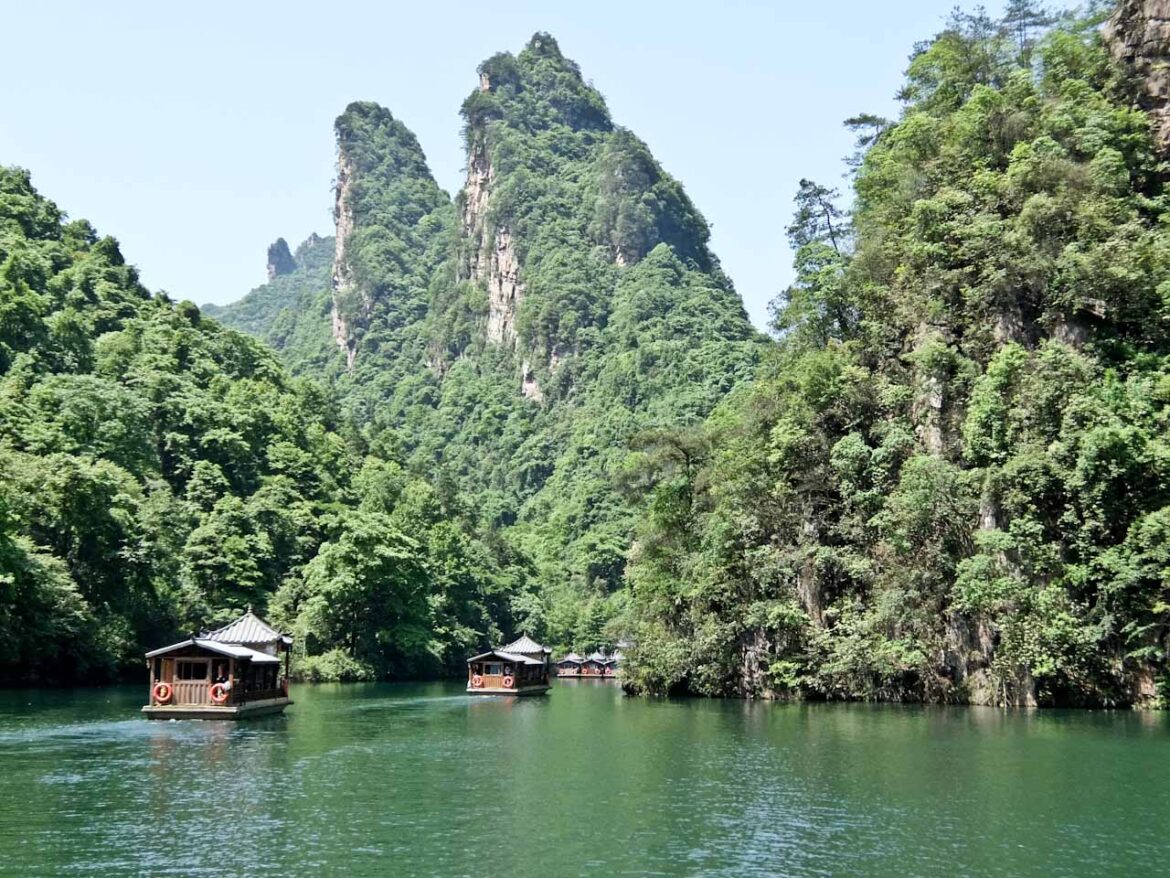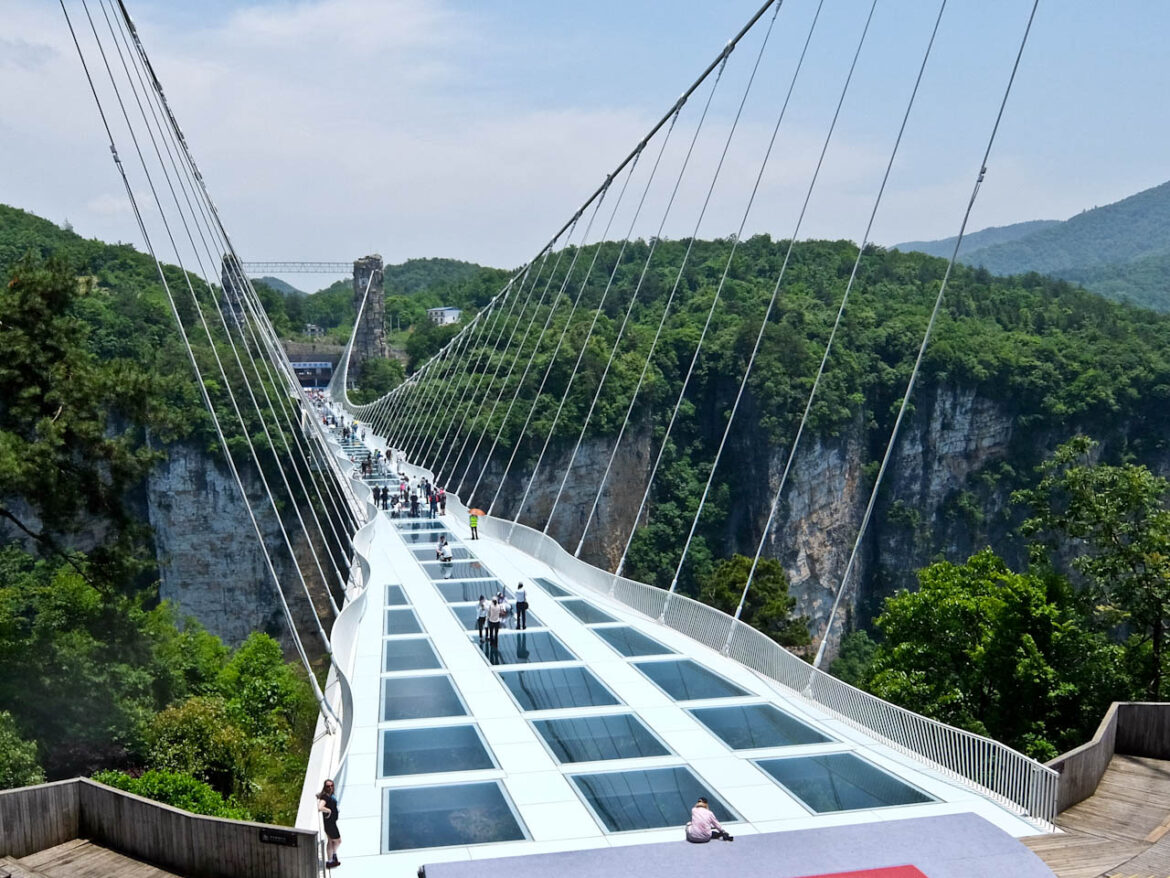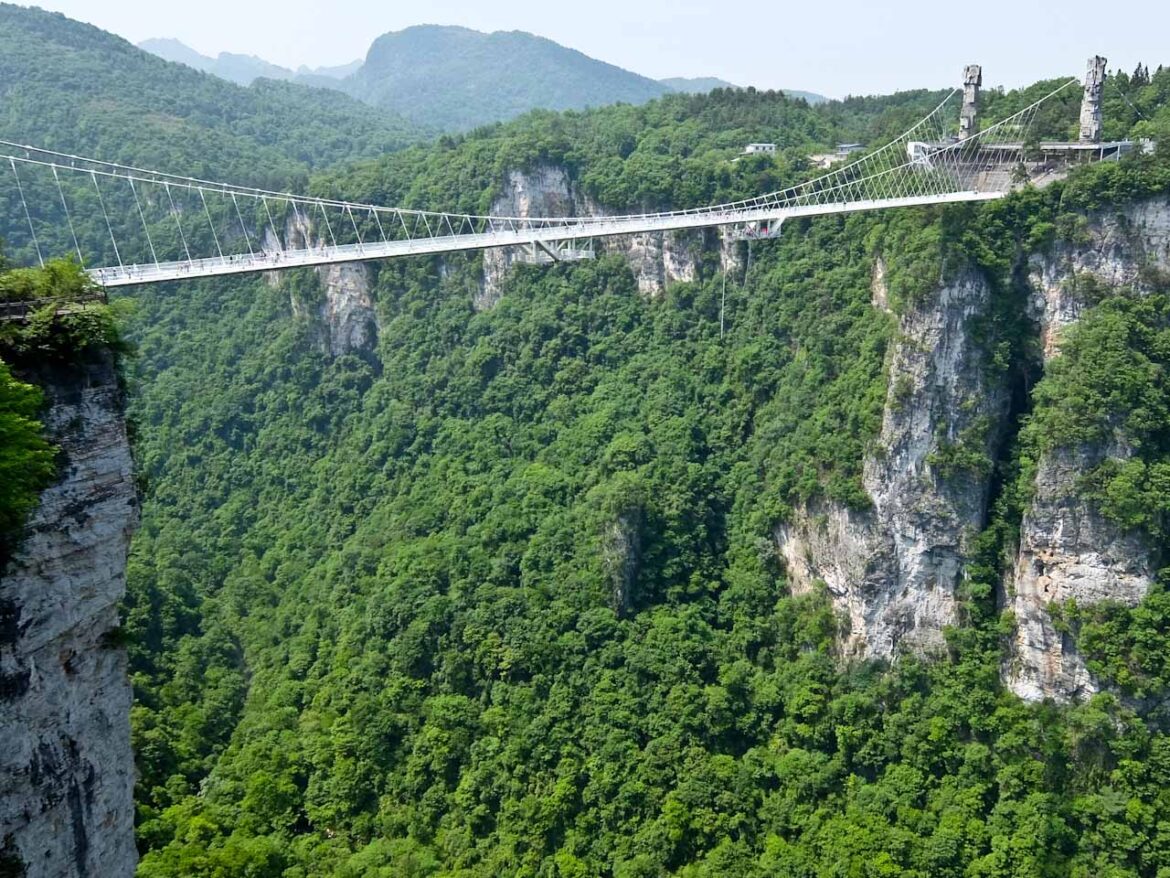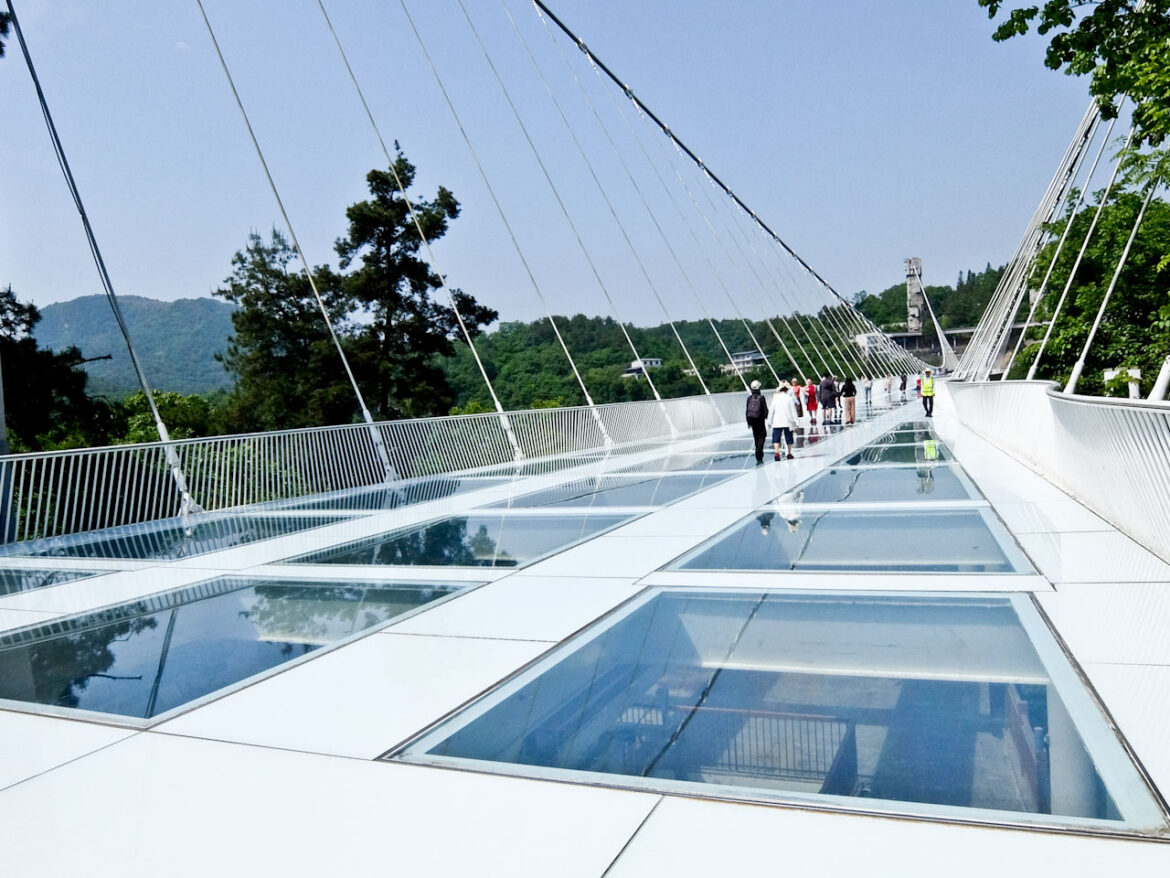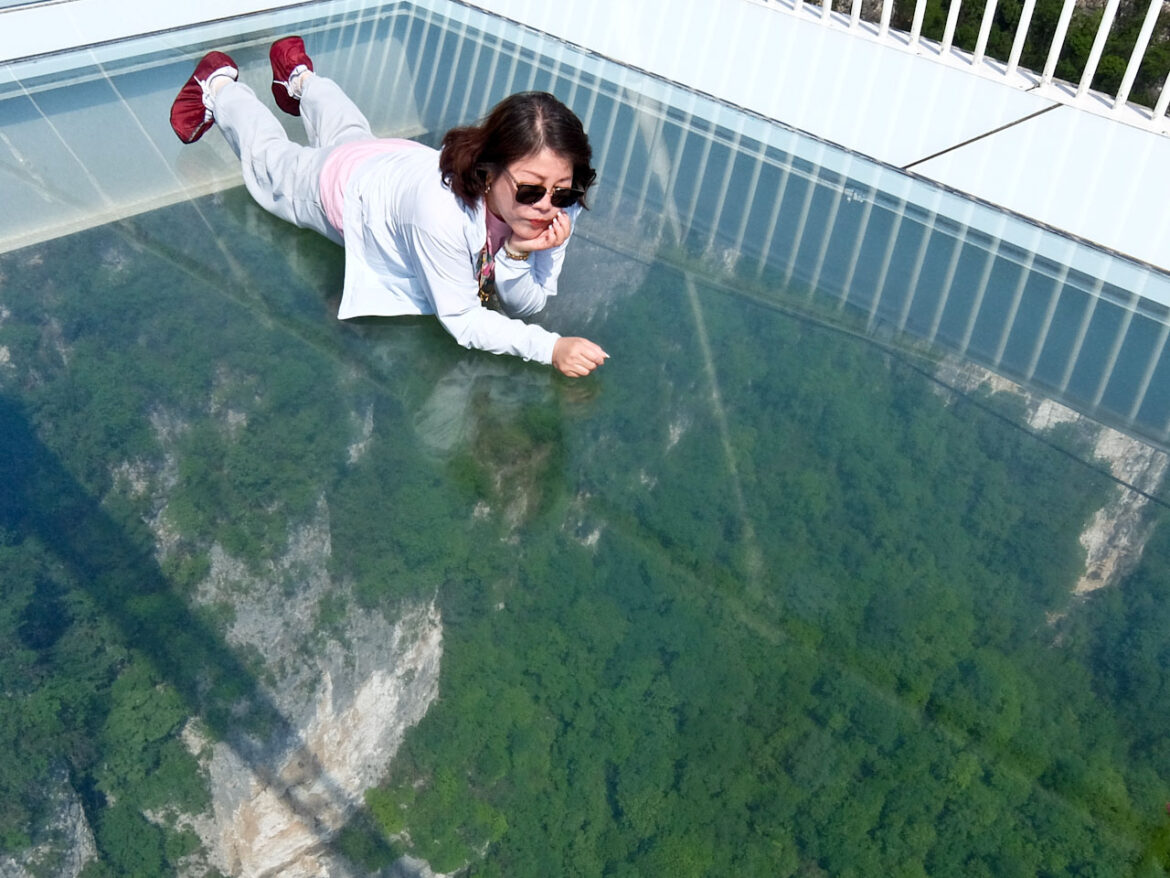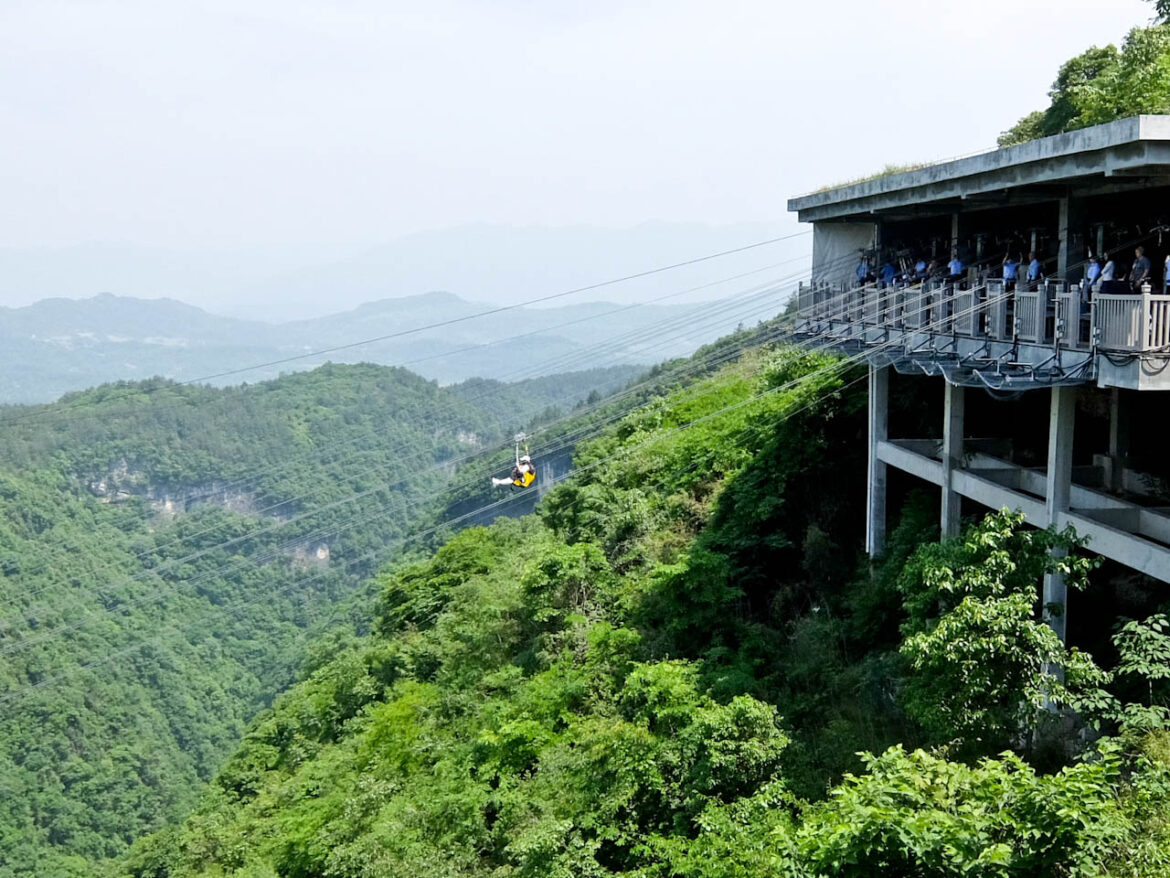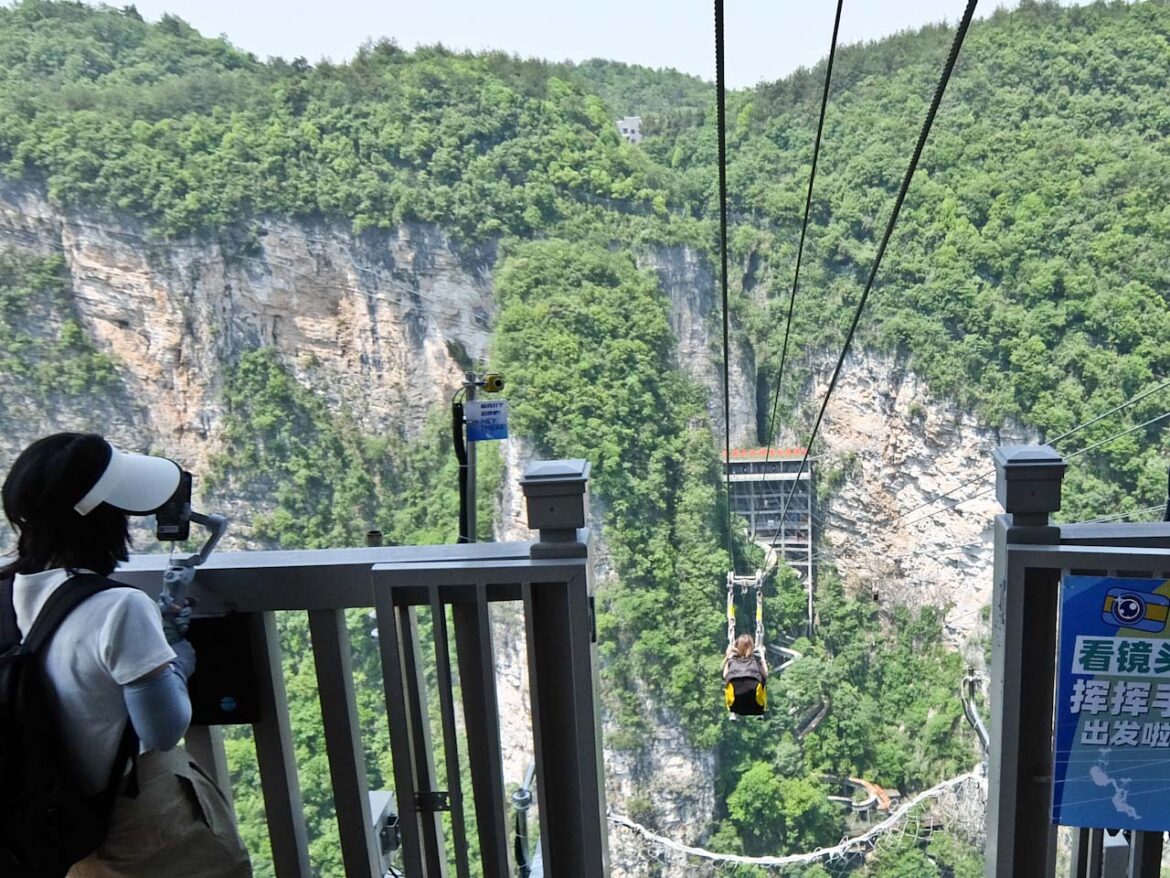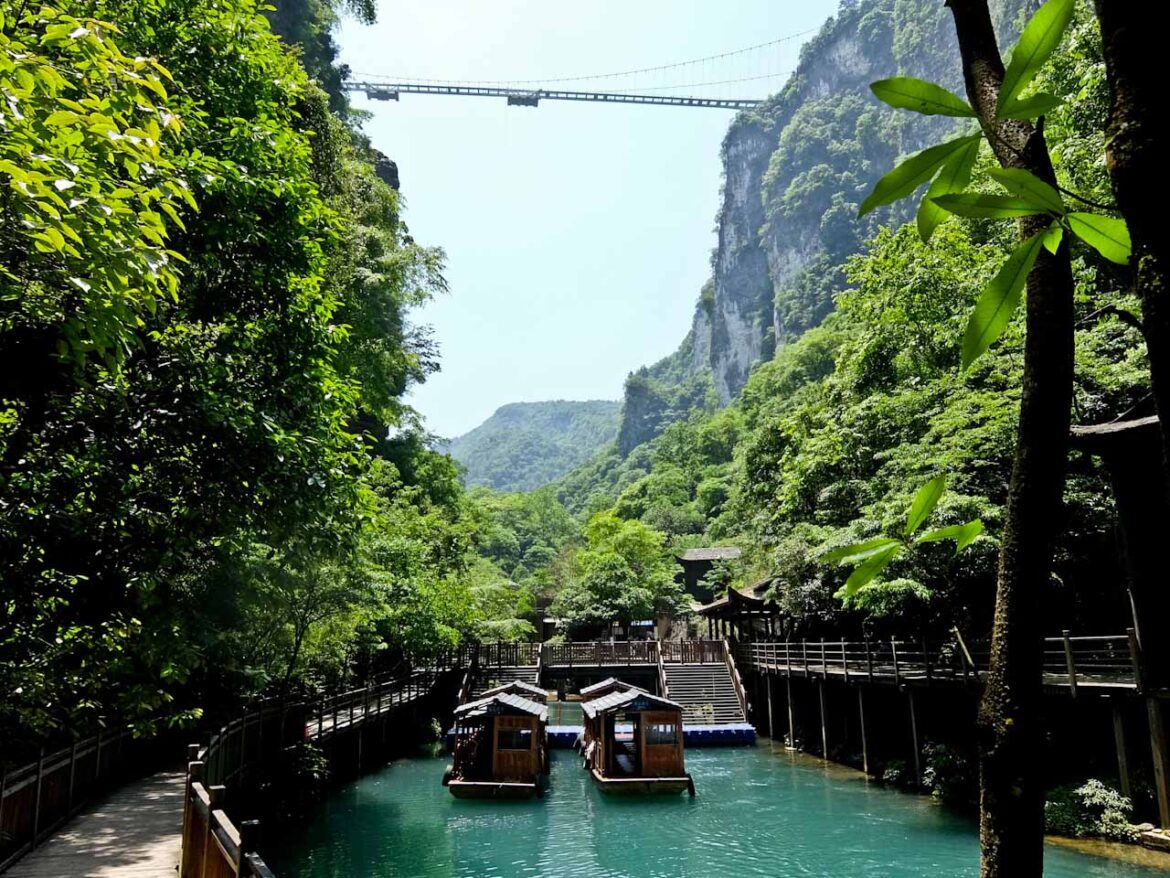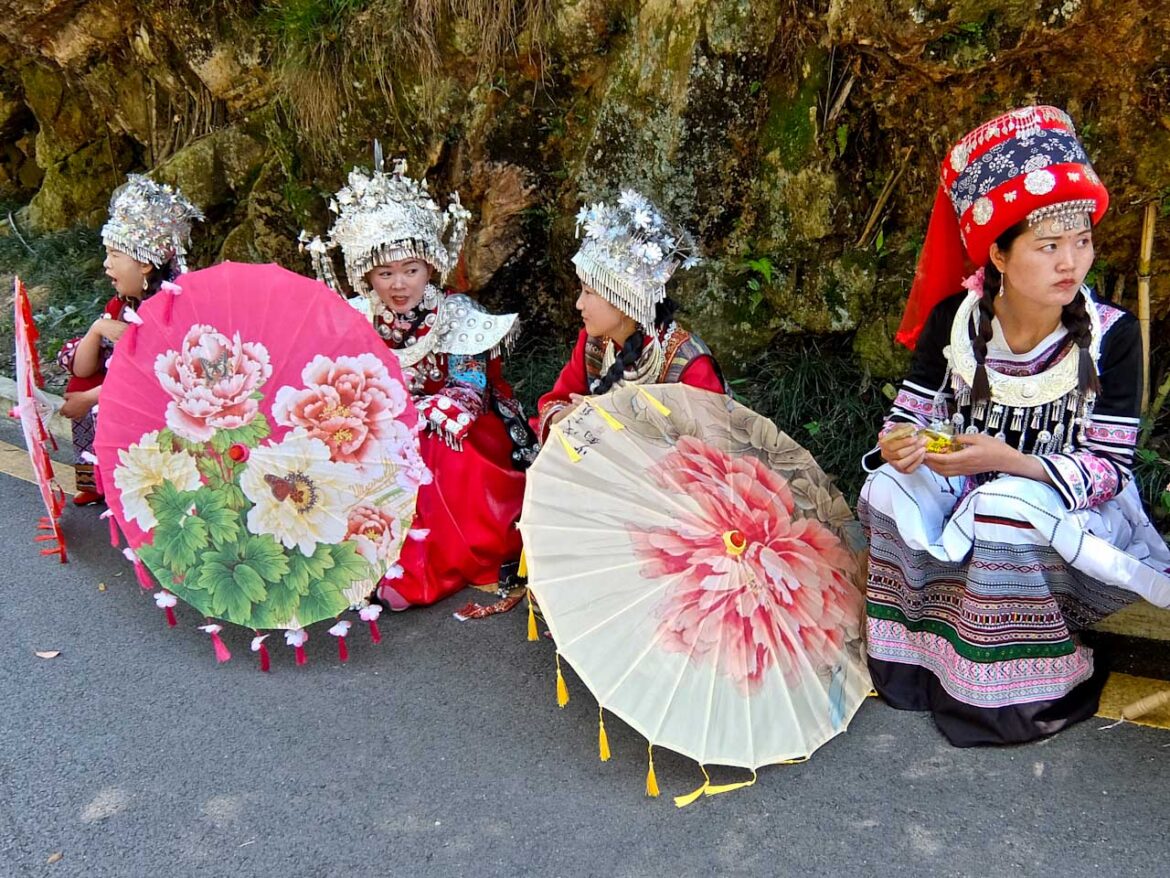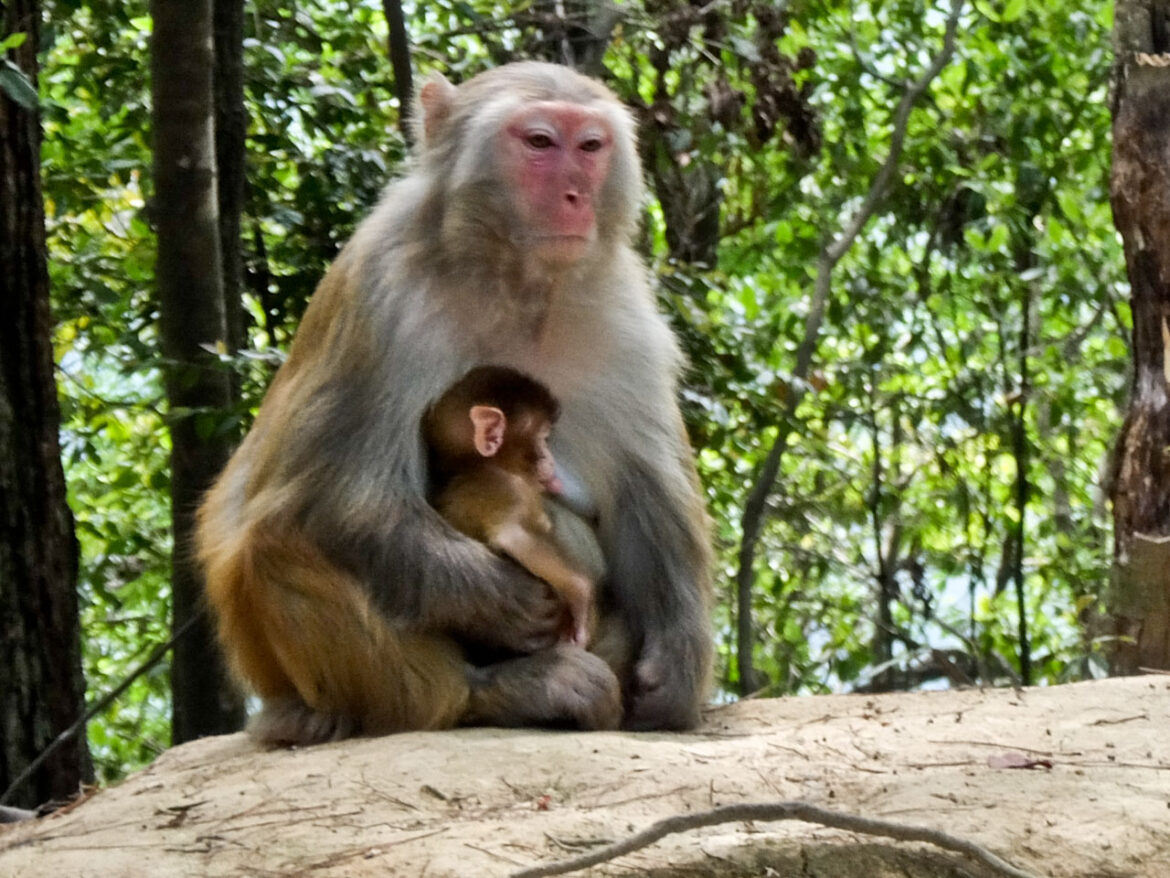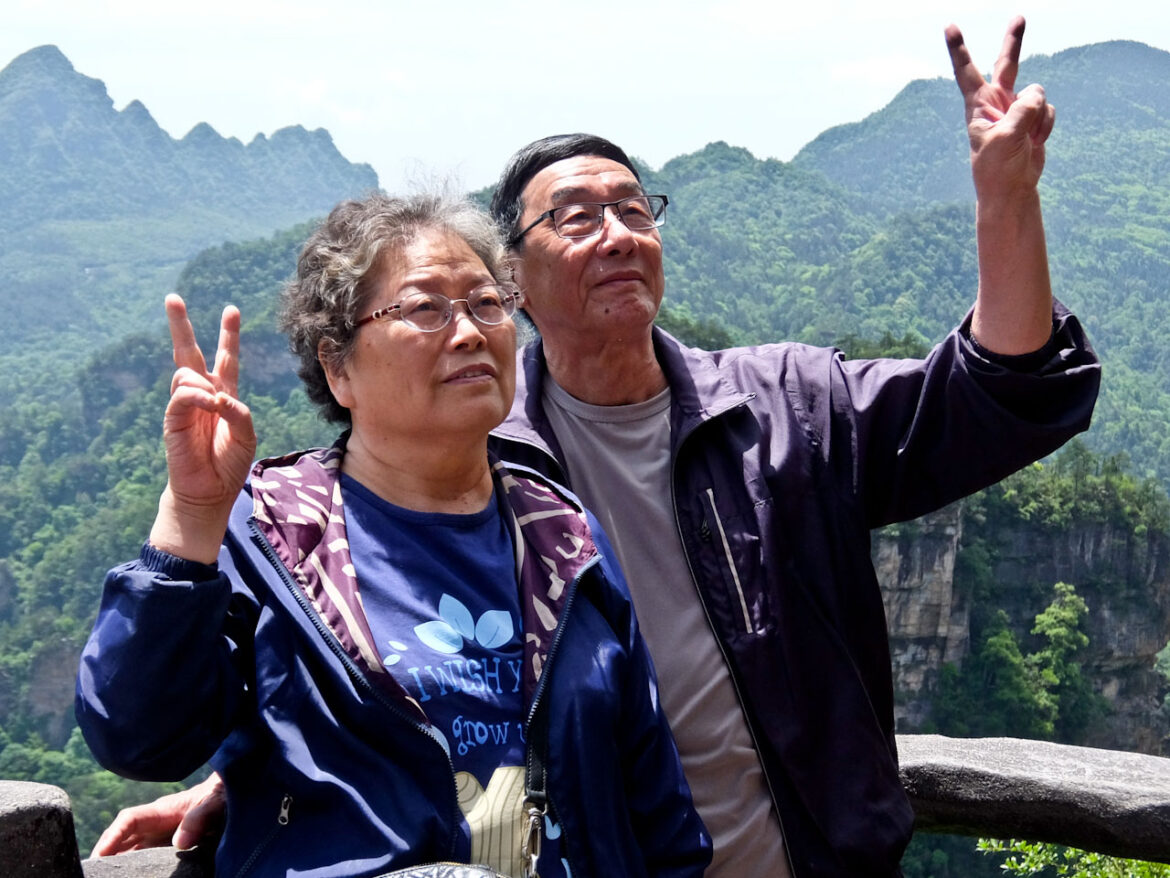Hunan is a mainly agricultural province in South Central China and I wrote about it in 2019. I liked it so much that I wanted to return and see more but the pandemic intervened.
Now that China has reopened to international tourists I’m interested in seeing what’s new in Hunan. This time I’ll be travelling with Wendy Wu Tours and start in Changsha, the capital, and then explore the UNESCO Global Geopark of Zhangjiajie.
Changsha
Hunan’s modern capital is a bustling city of over 10 million, bisected by the Xiang River and known for its links with Chairman Mao. He was born in the countryside 70km away and arrived here in 1911 when he was 18, to attend college.
On Orange Island, in the middle of the river, there’s a huge bust of a young Mao. Apparently, he would swim here after a hard day’s study under the orange trees.
Hunan Provincial Museum
The Hunan Provincial Museum is a treasure trove of historical artefacts and cultural relics. Among its most prized exhibits is the 2000 year old mummy of Lady Dai (Xin Zhui), an aristocrat from the Han Dynasty. Discovered in the early 1970s in a tomb at nearby Mawangdui. Xin Zhui’s body was found inside a series of four wooden coffins buried deep under layers of charcoal and white clay
The corpse was wrapped in twenty layers of clothing bound with silk ribbons and is the best preserved ancient human ever found. Despite being over 2000 years old, her skin remains elastic, with veins visible underneath, and there’s still hair on her head. The tomb was filled with over 1,000 precious artefacts, including silk garments, lacquerware, musical instruments, and food items, all of which are on display at the museum.
Night River Cruise
The night cruise along the Xiang River starts at dusk in the heart of the city, and cruises around Orange Island, taking around two hours. What’s stunning is the outdoor lightshow which transforms the skyline into a canvas of light and colour. Perfectly synchronised and coordinated LED’s, on the facades of the many high rises, create intricate animated light patterns.
As the boat cruises past Orange Island, the lush greenery contrasts with the bright lights of the city. Dominating all, is the towering sphinx-like statue of the young Mao peering out over the river. In the distance, on the west bank of the river, the silhouette of Yuelu Mountain and the ancient Lushan Temple can be seen.
Zhangjiajie
It’s a fast two-hour bullet train ride to the city of Zhangjiajie at speeds of over 200km/h. It’s a good base for visiting the surrounding countryside and has many restaurants and unique shows like ‘Charming Xiangxi’. Don’t miss local delicacies like Stinky Bean curd and do try Salamander, now farmed as the wild version is endangered.
Tianmen Mountain
The world’s longest cable car, a 7.5km aerial journey from the city to Tianmen Mountain, is an adventure in itself. As you ascend, you’re treated to panoramic views of the surrounding karst landscape and the road beneath, climbing up through 99 hairpin bends. In the side of the mountain is Tianmen Cave, or Heaven’s Gate, a circular void, wide enough for a fighter jet to fly through. Measuring 131.5m tall and 57m wide, it’s the world’s highest natural arch.
From the cable car, the Glass Skywalk, a 60m long glass platform, clings to the side of the cliffs. Walking on the transparent glass feels like stepping into the void, a test of courage as you stare down to the valley floor 1400m below. A series of escalators, cut inside the mountain, brings you to the foot of the arch, perfect for photos. From here 999 steep steps lead downwards to another viewing platform. A final cable car brings you back to the city.
Zhangjiajie National Forest Park
Around an hour north from the city, the Zhangjiajie National Forest Park is known for its towering sandstone pillars carpeted in lush forest. You start by taking the glass-sided Bailong Elevator, the world’s tallest outdoor lift, rising up 326m, with a stunning view of the pinnacles. Throughout the park there are more than 3,000 of these narrow limestone pillars, many over 200m high.
The most famous of these peaks is the Avatar Hallelujah Mountain, renamed after the success of James Cameron’s movie ‘Avatar’. The film’s computer-generated backgrounds for Planet Pandora were inspired by the landscape here. Chinese tourists hire colourful costumes of the indigenous Tujia people to have their pictures taken. Concrete paths lead to various viewpoints and shuttle buses ferry you further afield.
Boafeng Lake
Down below, at the foot of the mountains, Boafeng Lake, often referred to as the “Jade Pool of Heaven,” is a man-made marvel created by a dam project. Its crystal clear waters reflect the surrounding karst peaks rising dramatically from the lake’s edge, covered in greenery and frequently topped by mist
Boat trips take you past local boatmen, dressed in indigenous attire, serenading you with traditional folk songs. The lake is teeming with fish, and if you’re lucky, you might even spot a giant salamander, a species native to this region. Keep an eye out for the native macaques and colourful birds that inhabit the area.
Zhangjiajie Grand Canyon
Recently Zhangjiajie has also become a hotspot for adventure seekers centred around the Glass Bridge, the world’s longest and highest, spanning 430m between the cliffs of the Grand Canyon. Dare to look down and, 300m beneath your feet, is the lush river valley. Looking up, the views are spectacular, with limestone peaks stretching into the far distance.
When you’ve crossed the bridge, you have the option of returning to the other side by zip line. It’s not for the faint hearted – after being fitted with a safety harness, the initial rush of speed is exhilarating. But you’re soon gliding gently through the air with the wind in your face and the canyon below. On the other side there’s more fun – a winding transparent tube slide that gets you down the mountain, literally, by the seat of your pants.
Factfile
GO: Hainan Airlines flies direct to Changsha from London Heathrow
INFO: Wendy Wu Tours include Hunan as part of their China trips.


